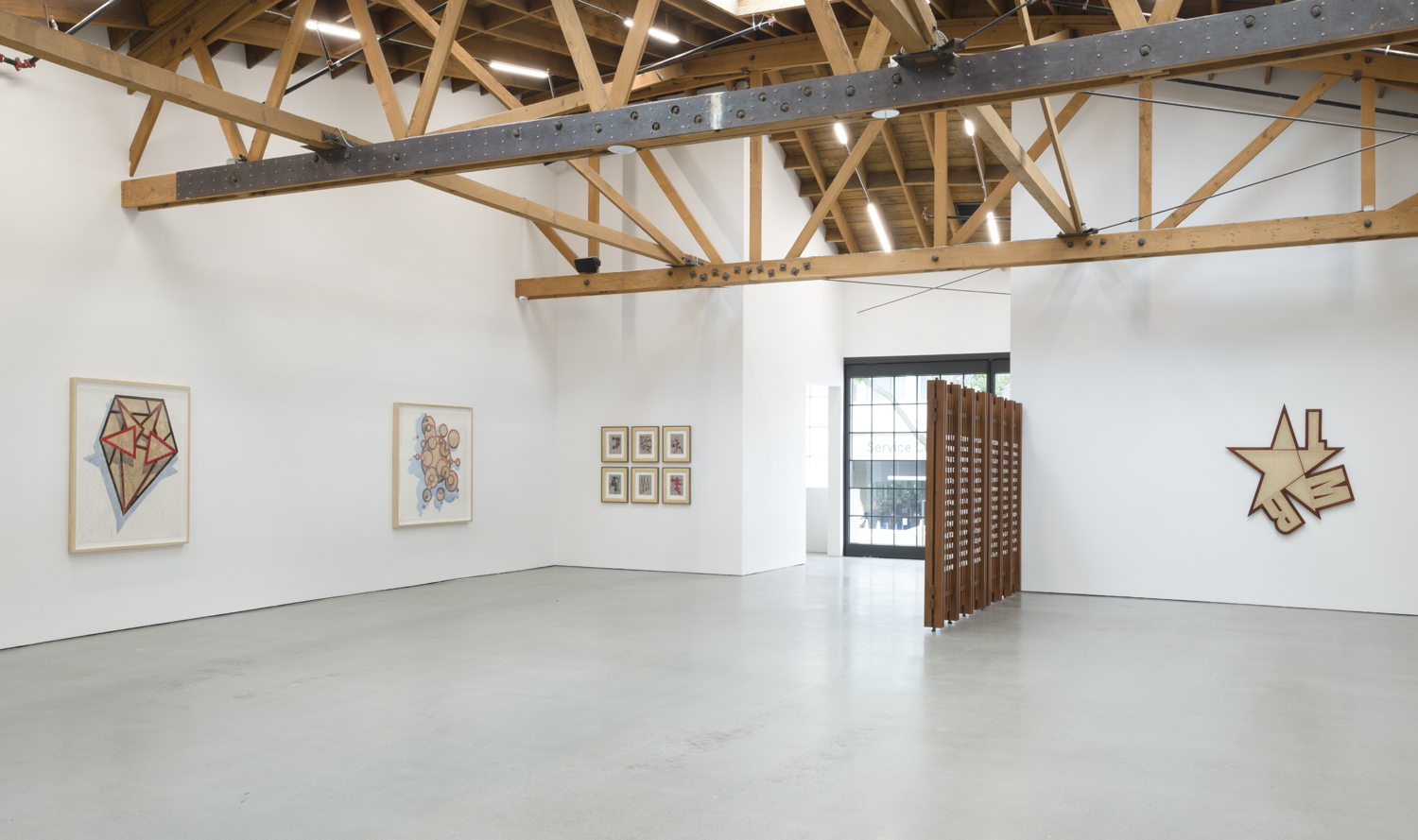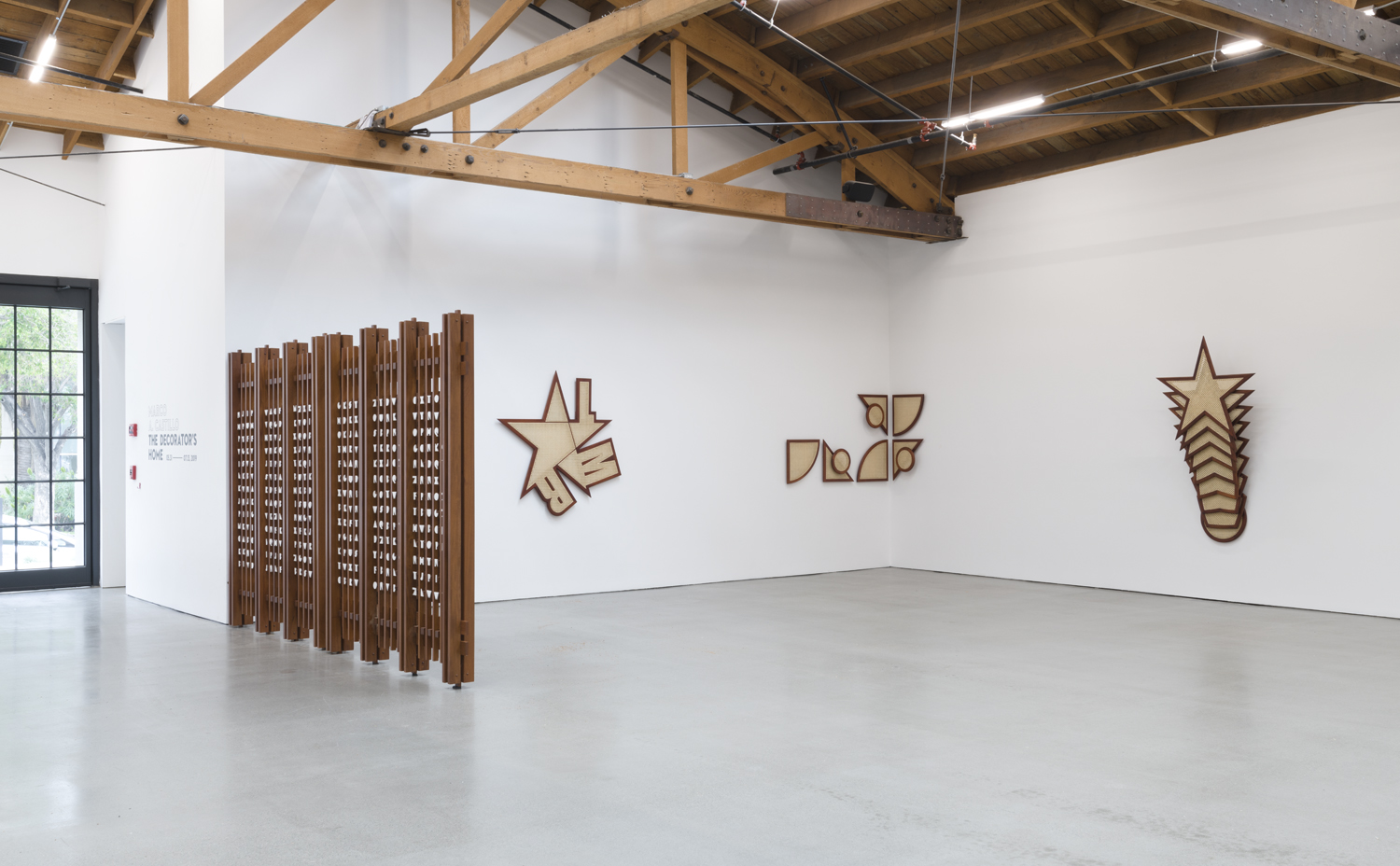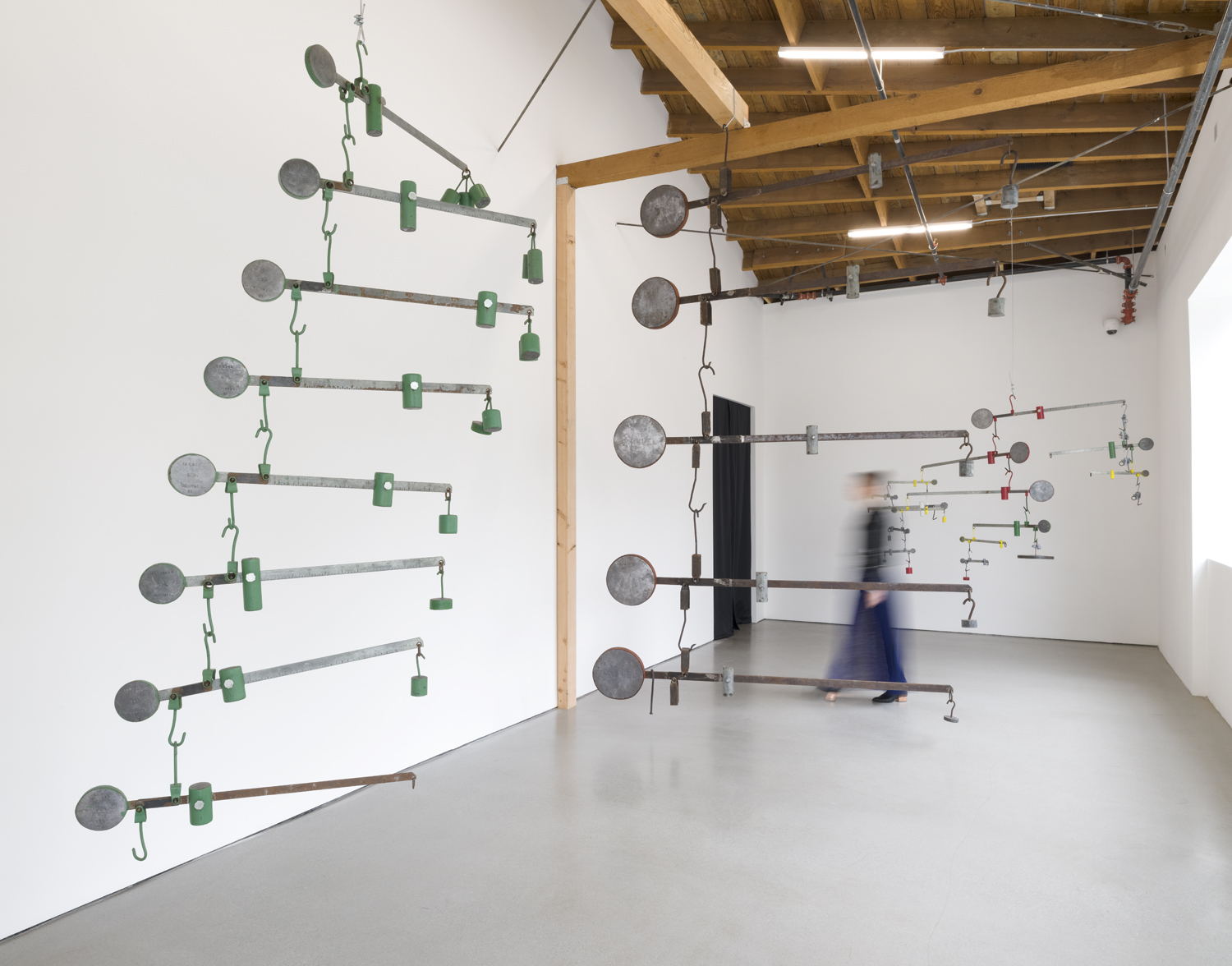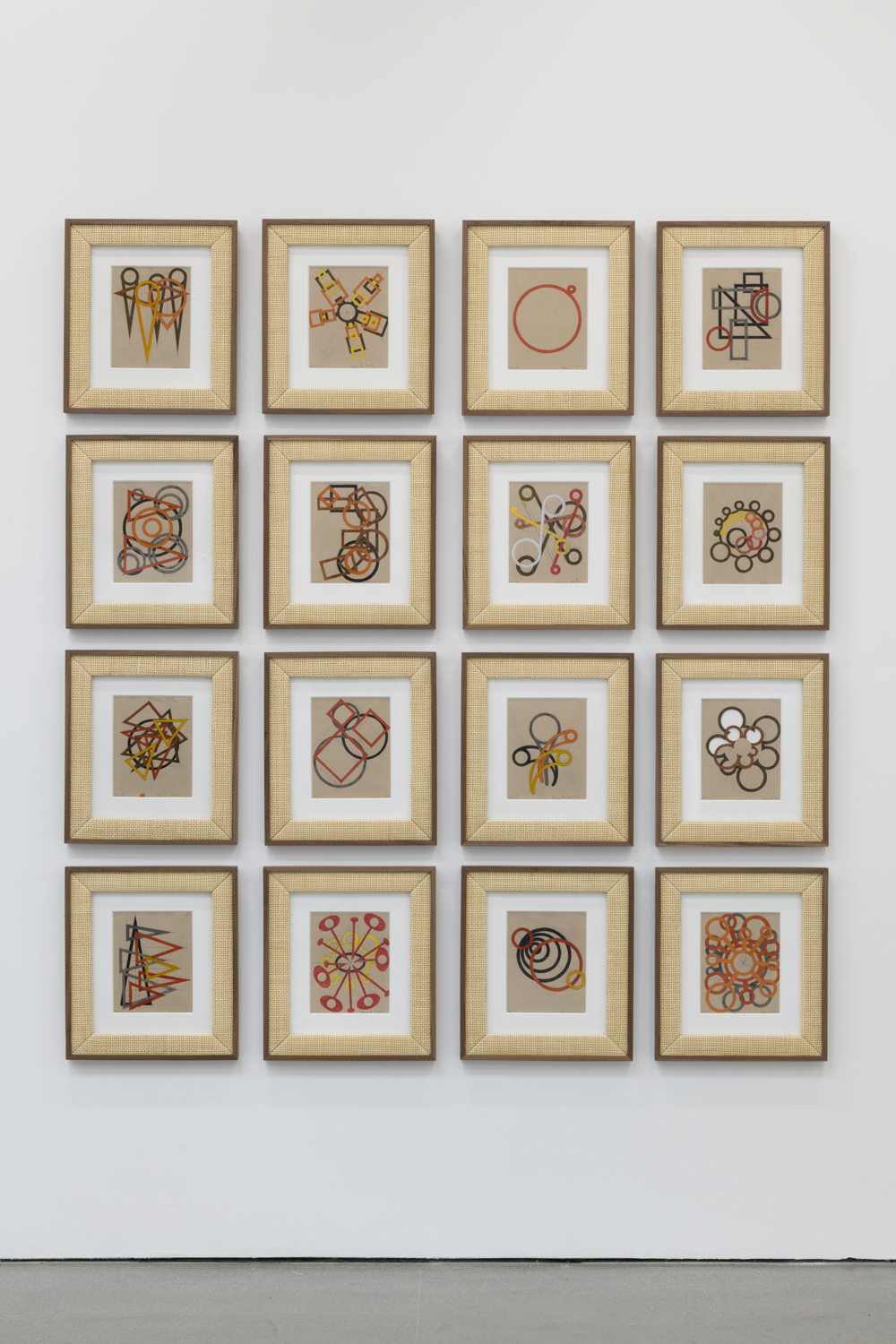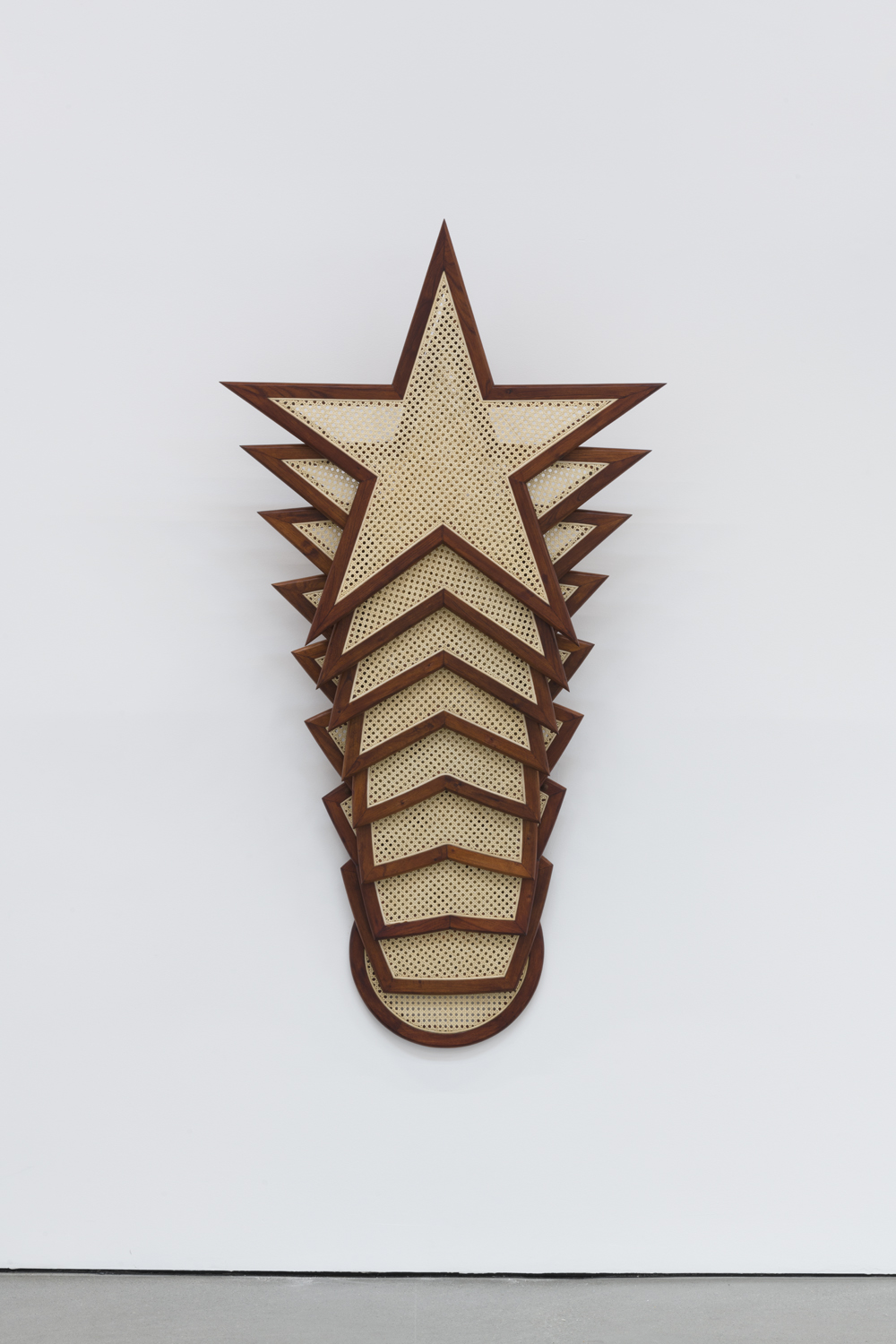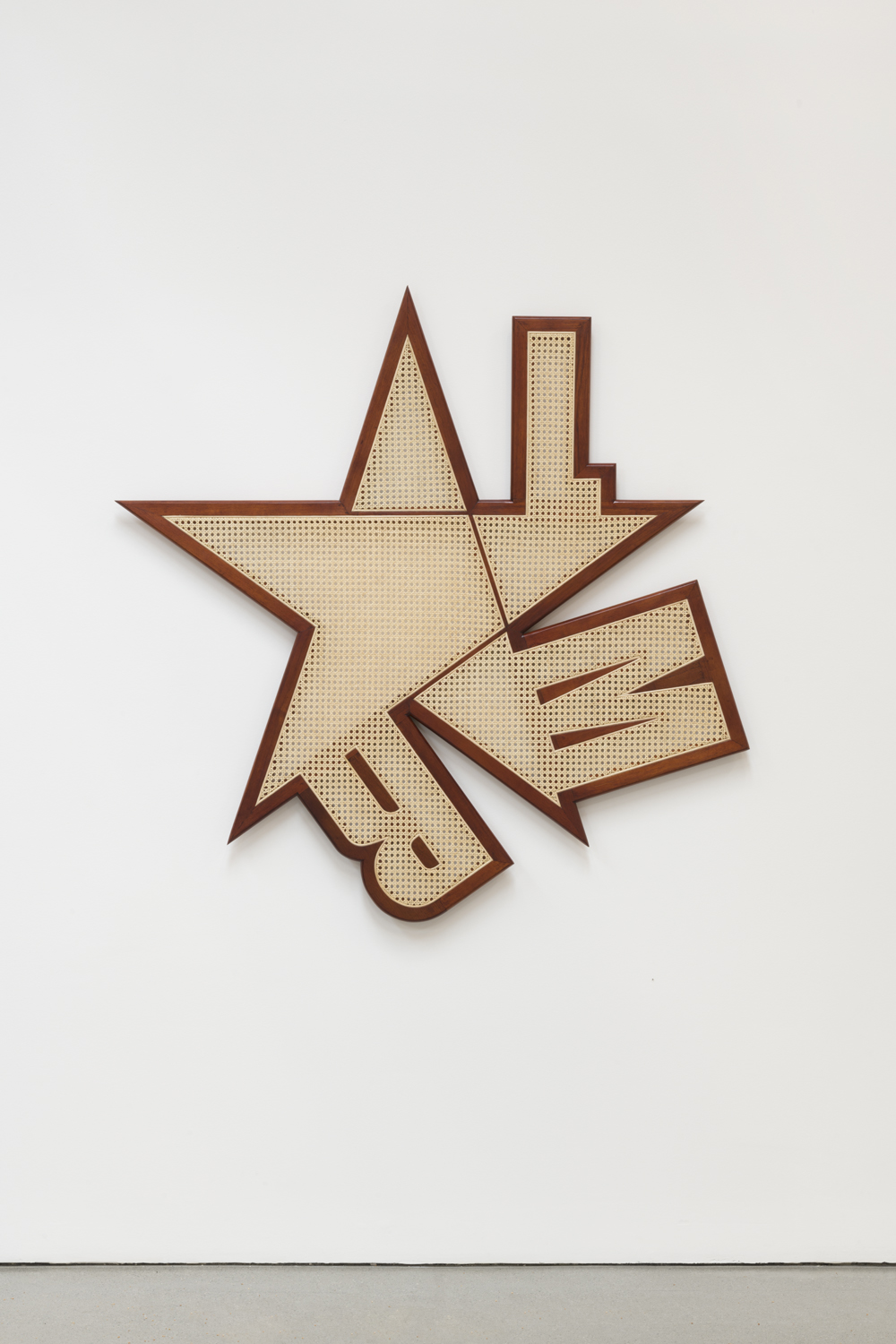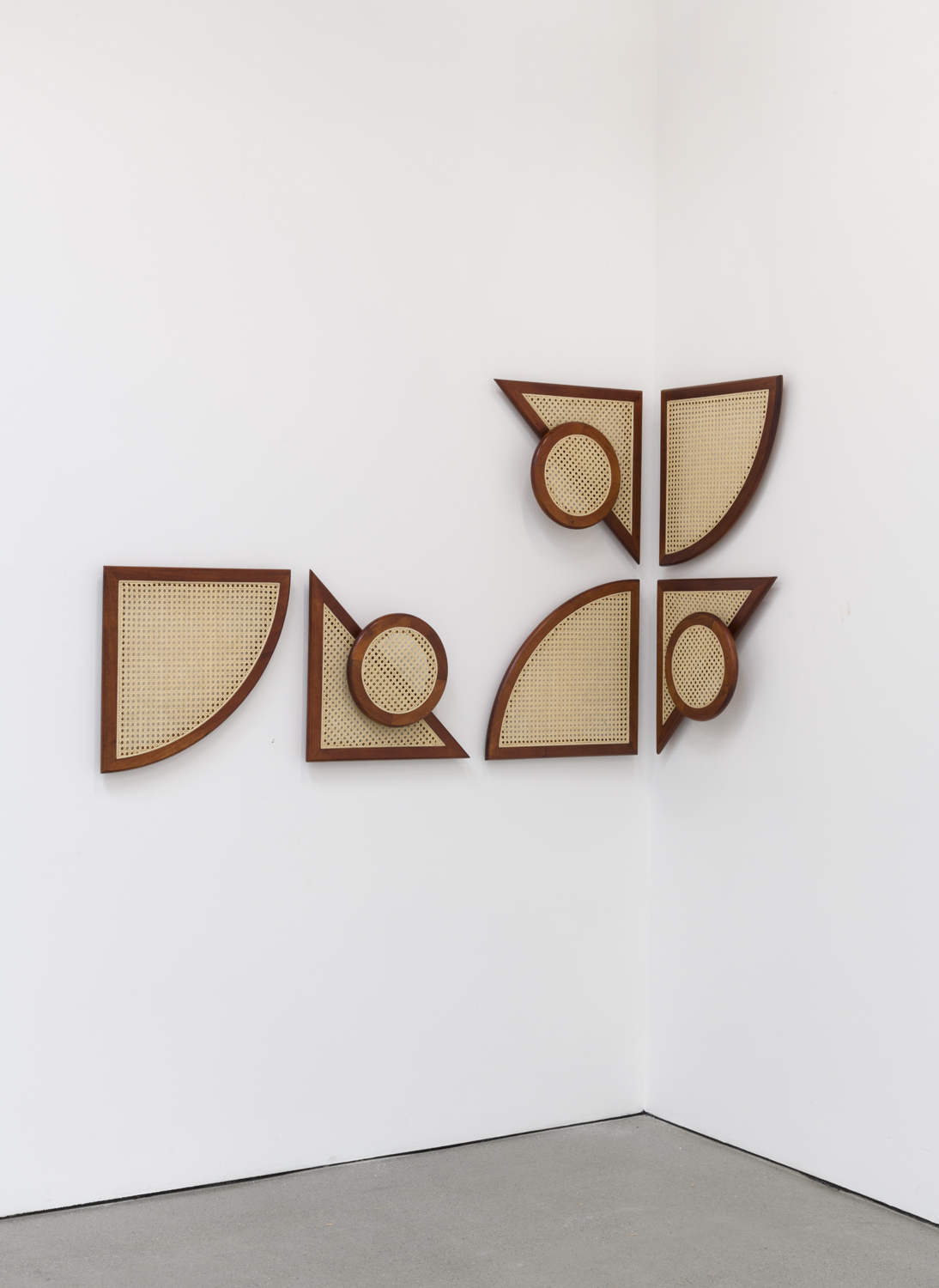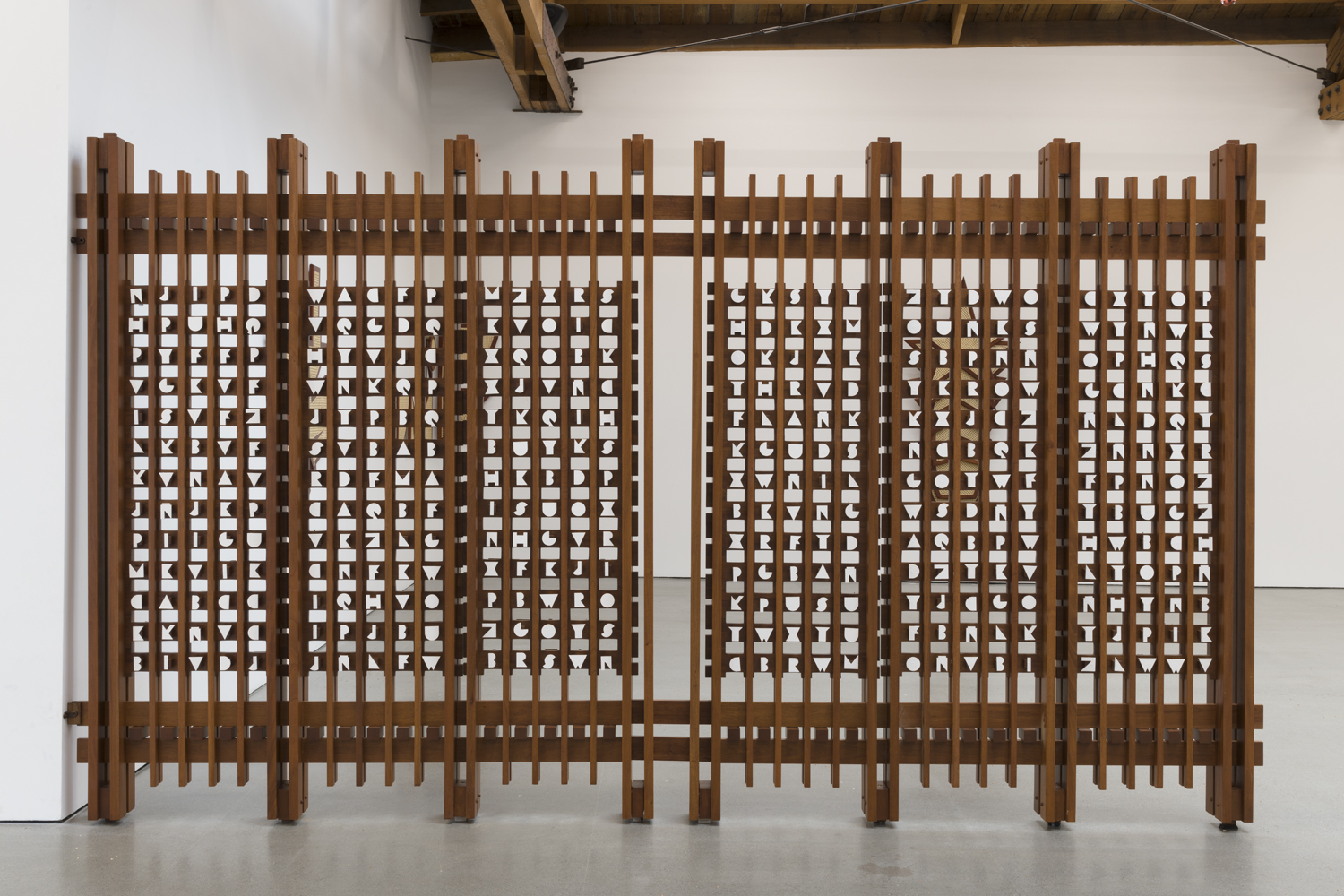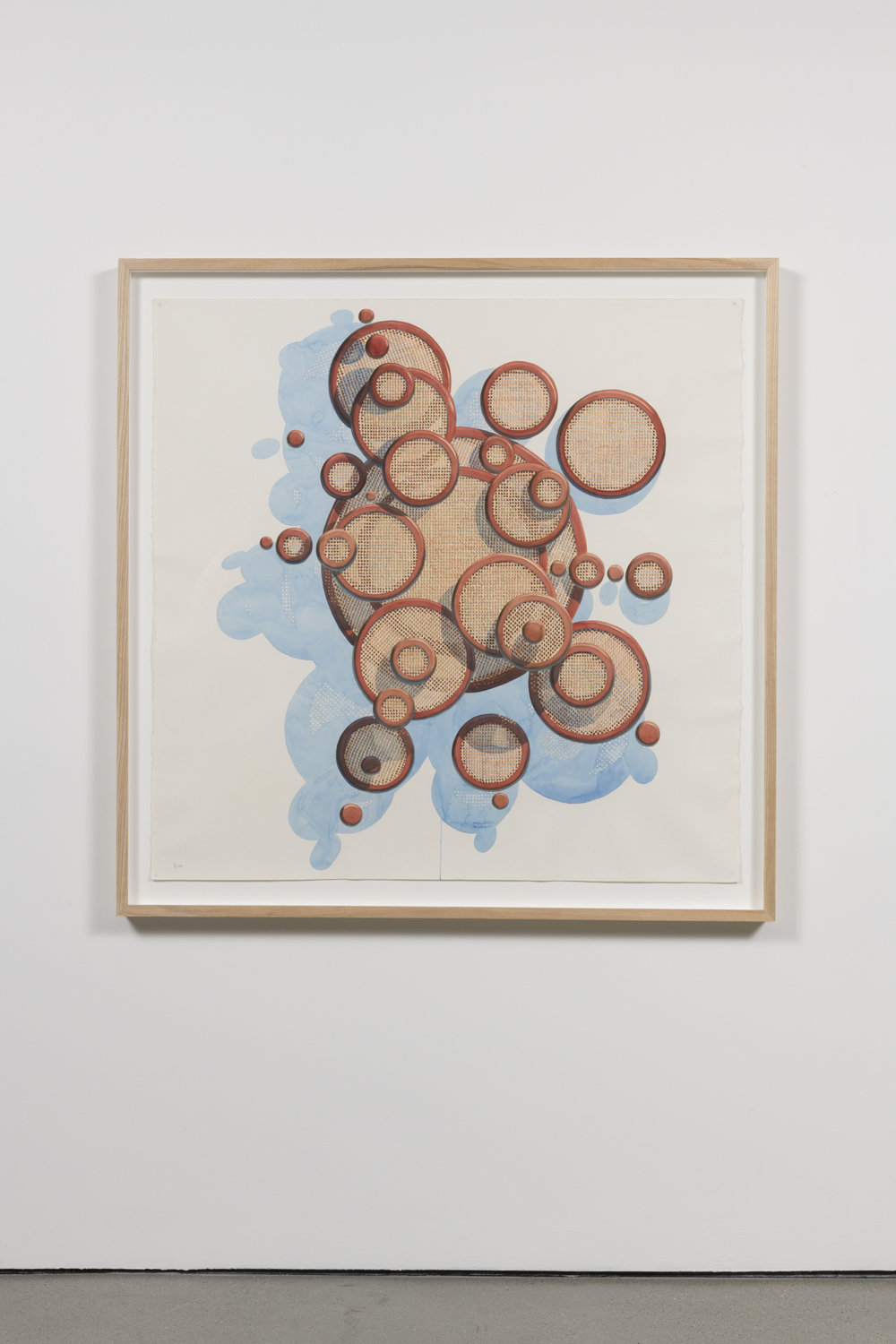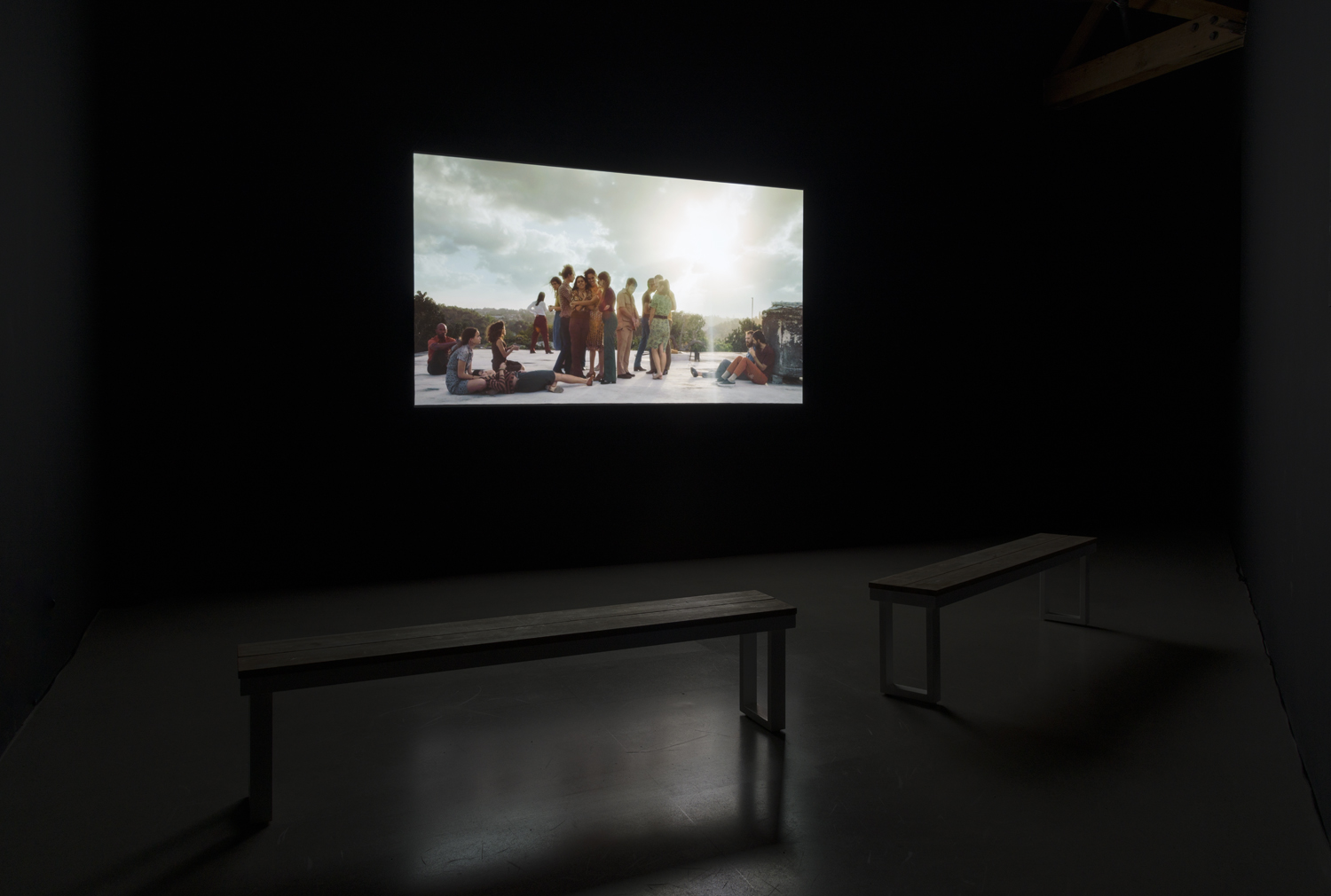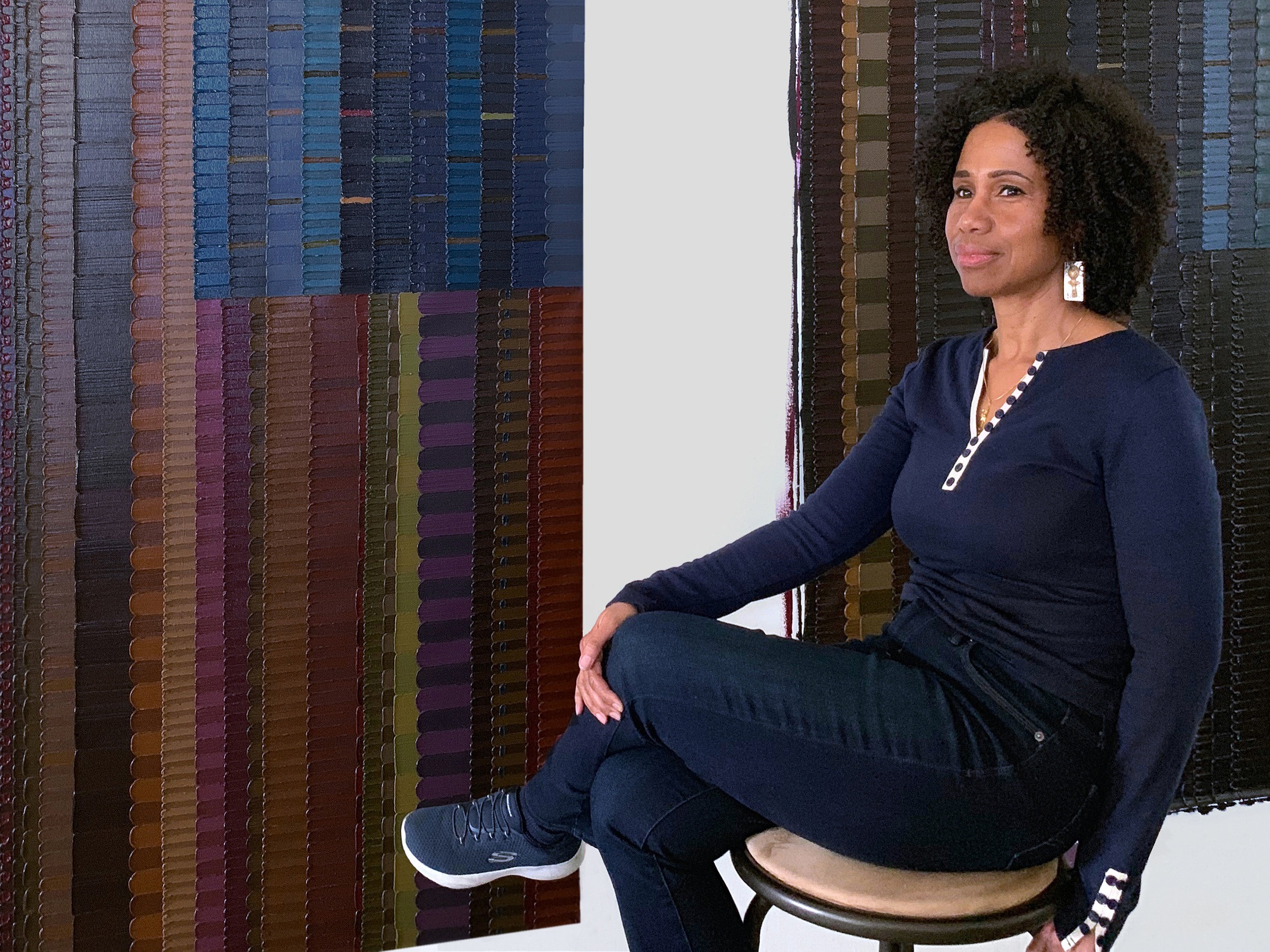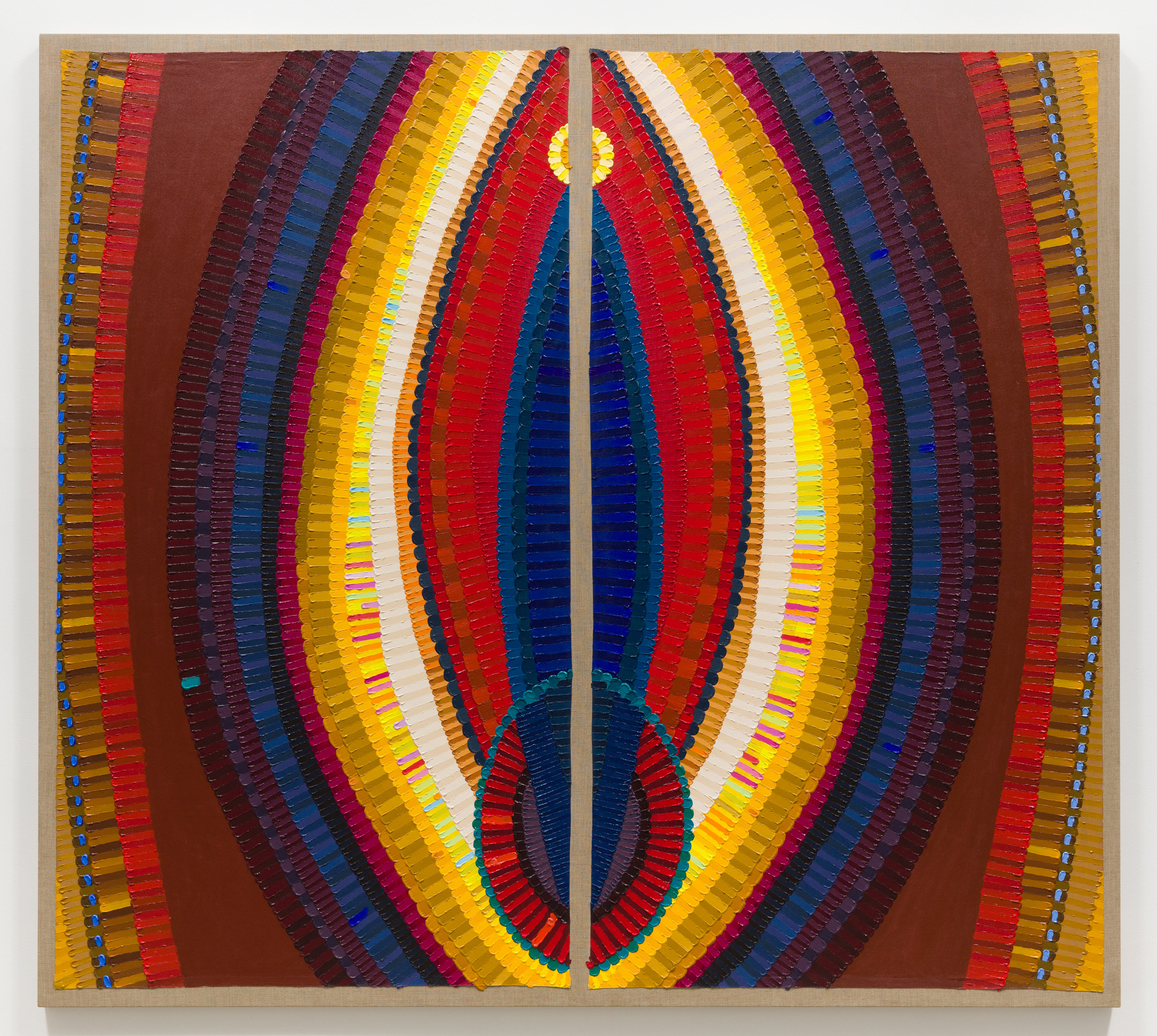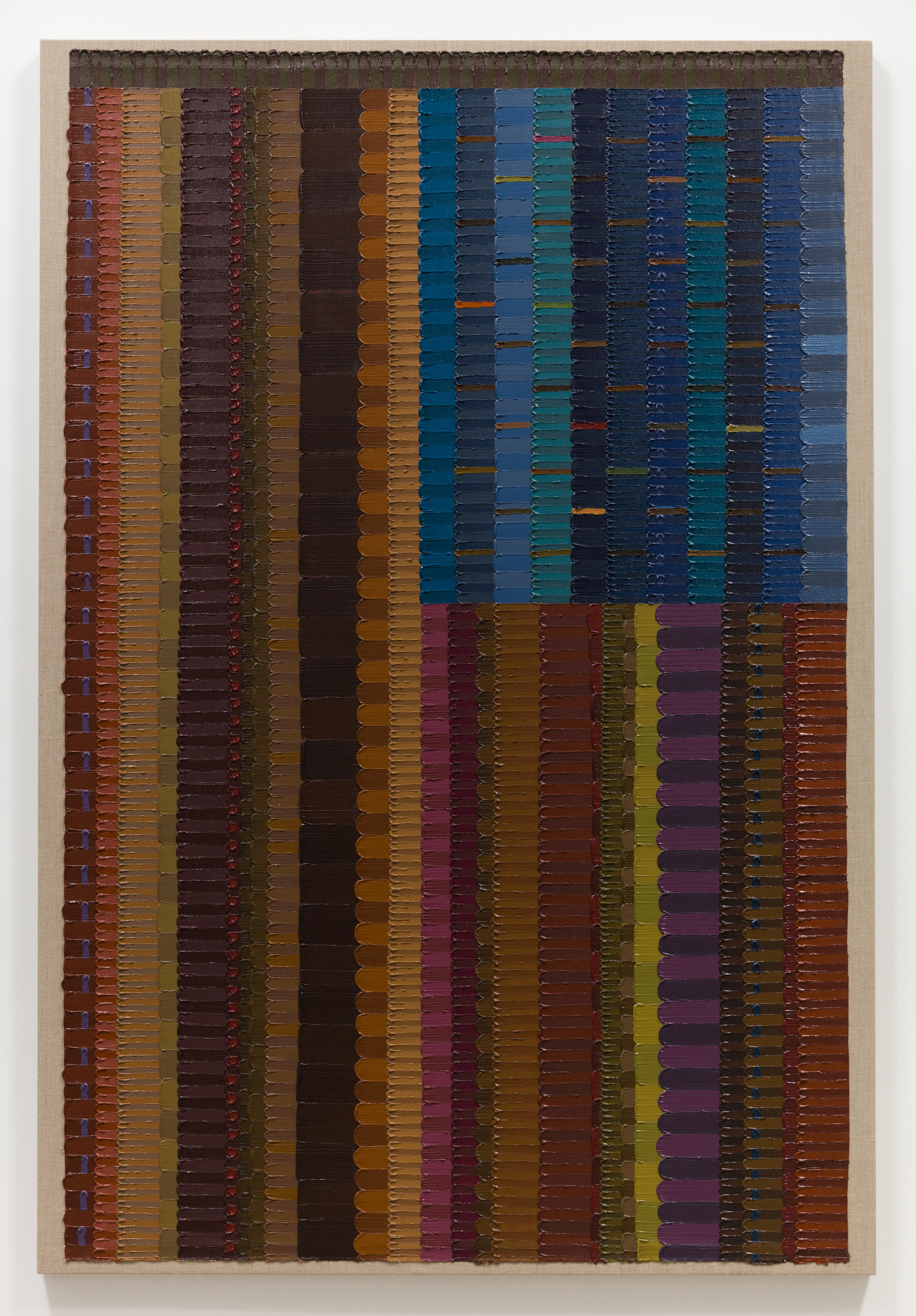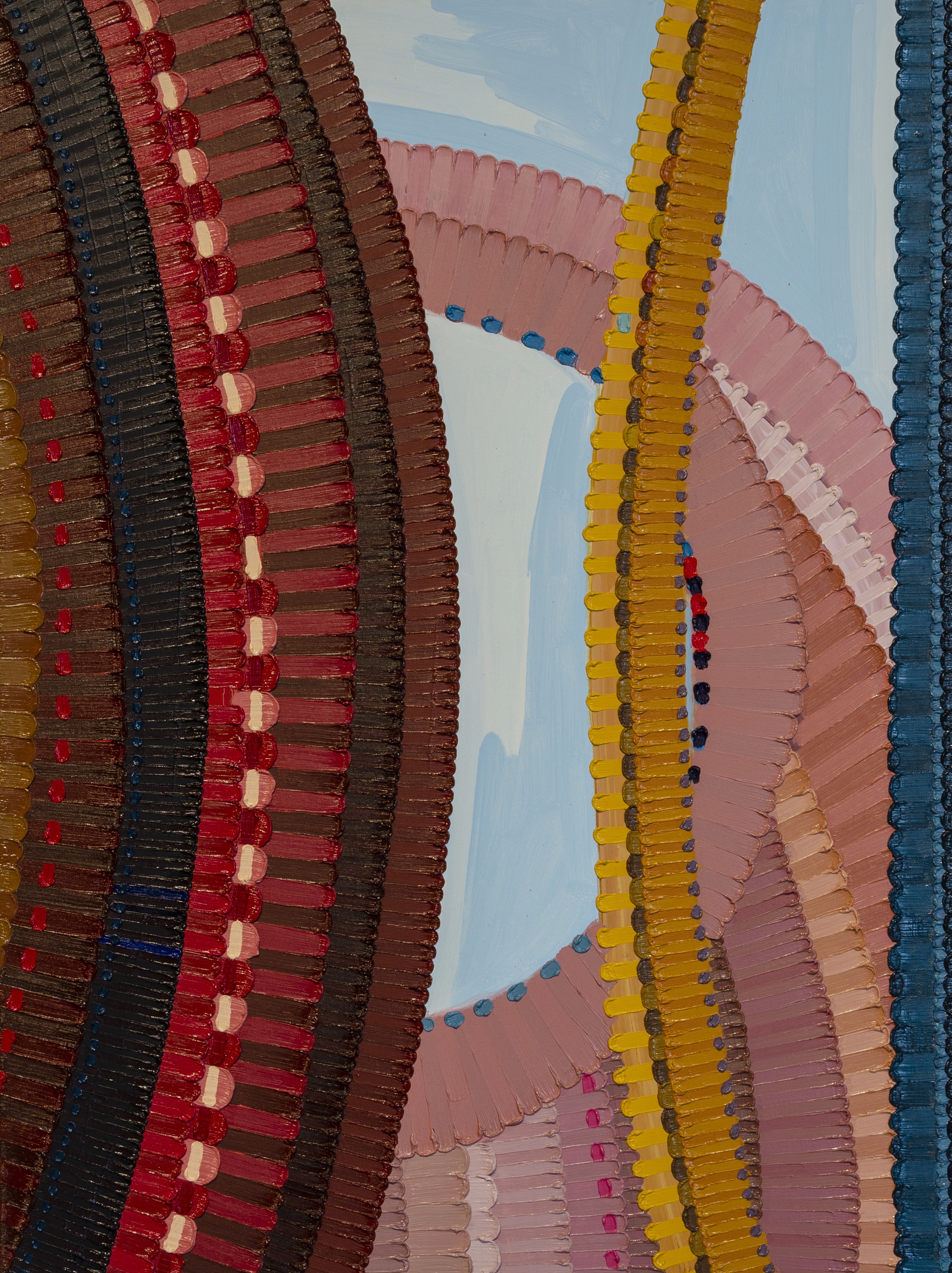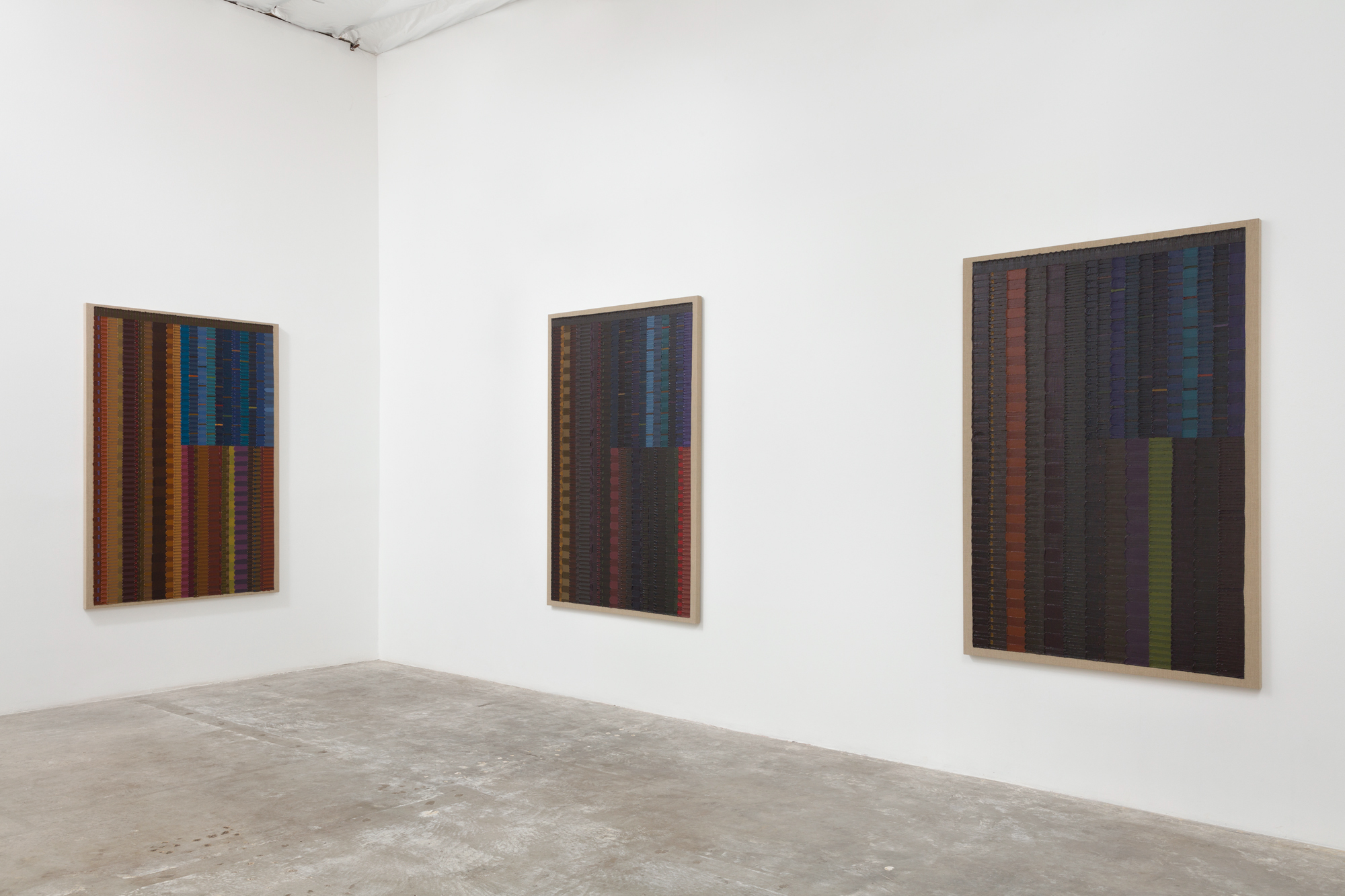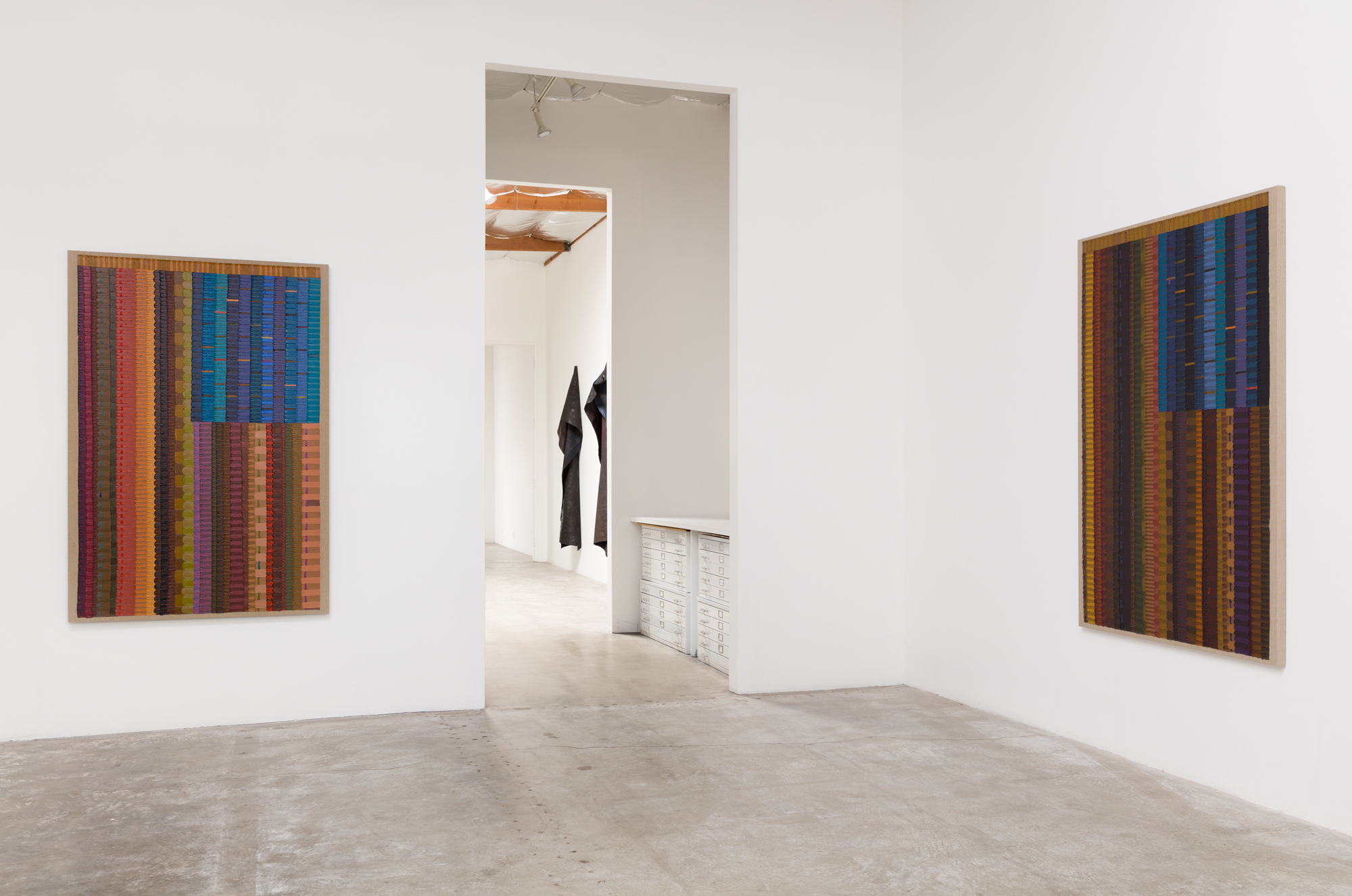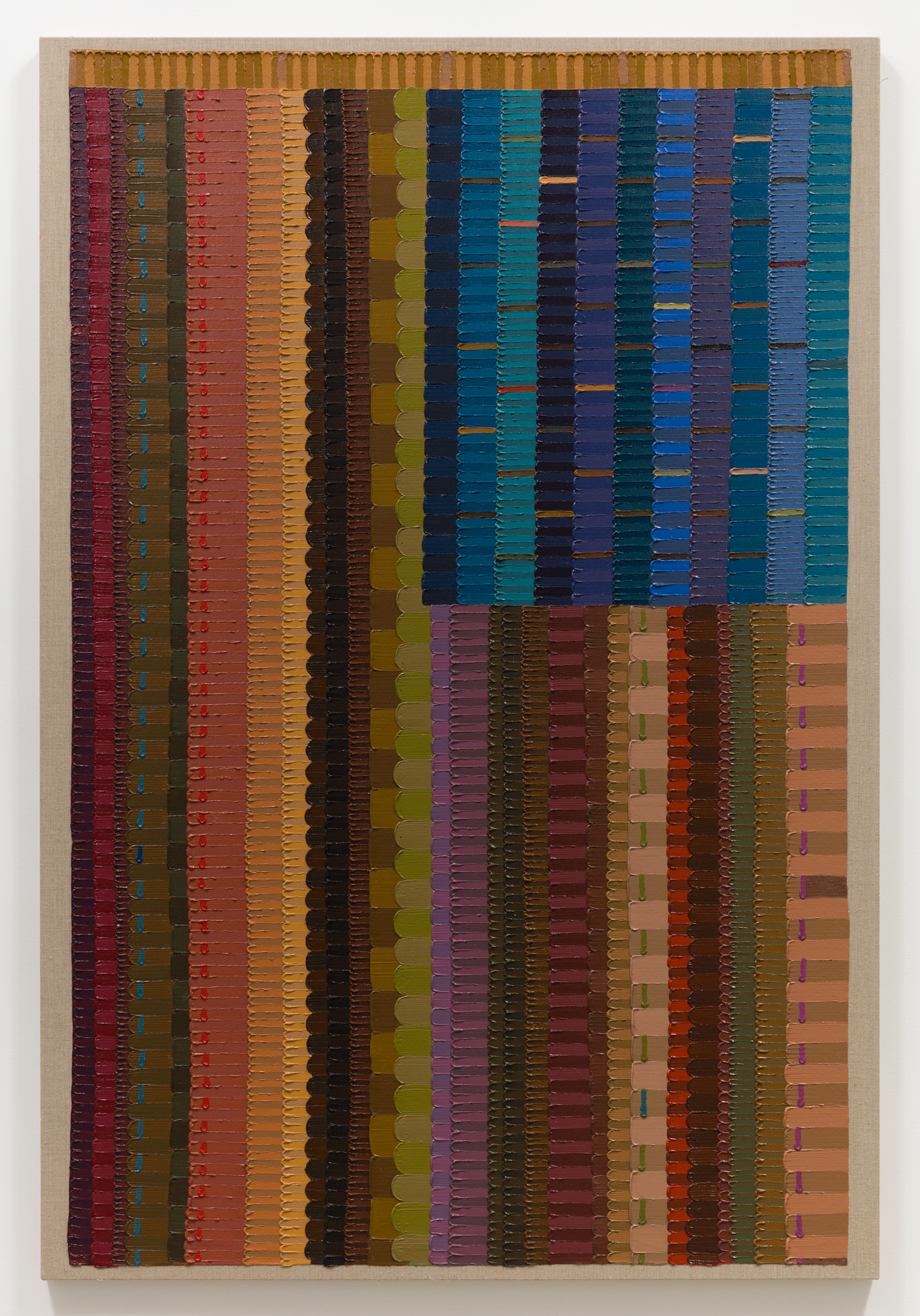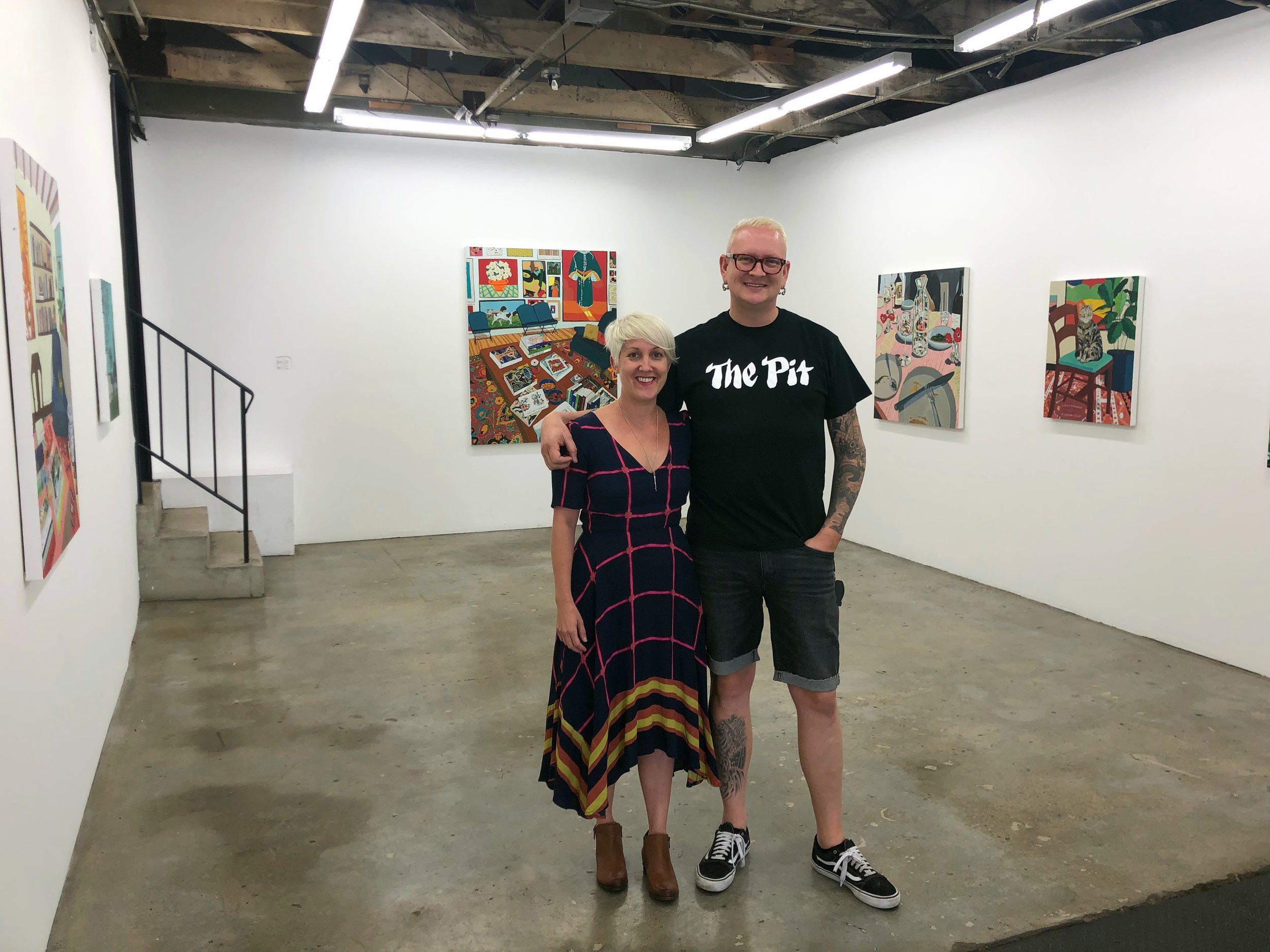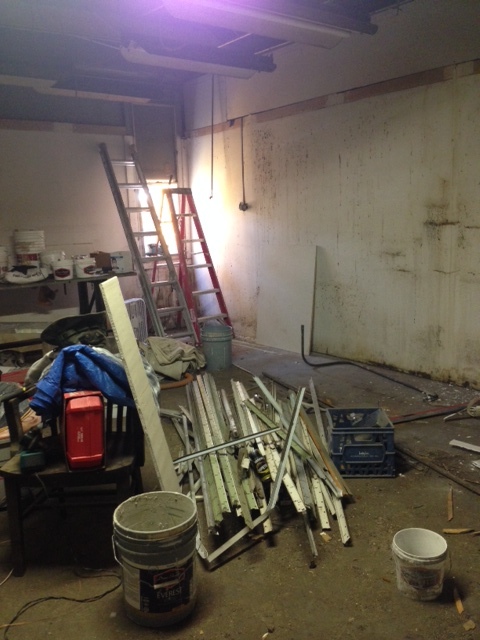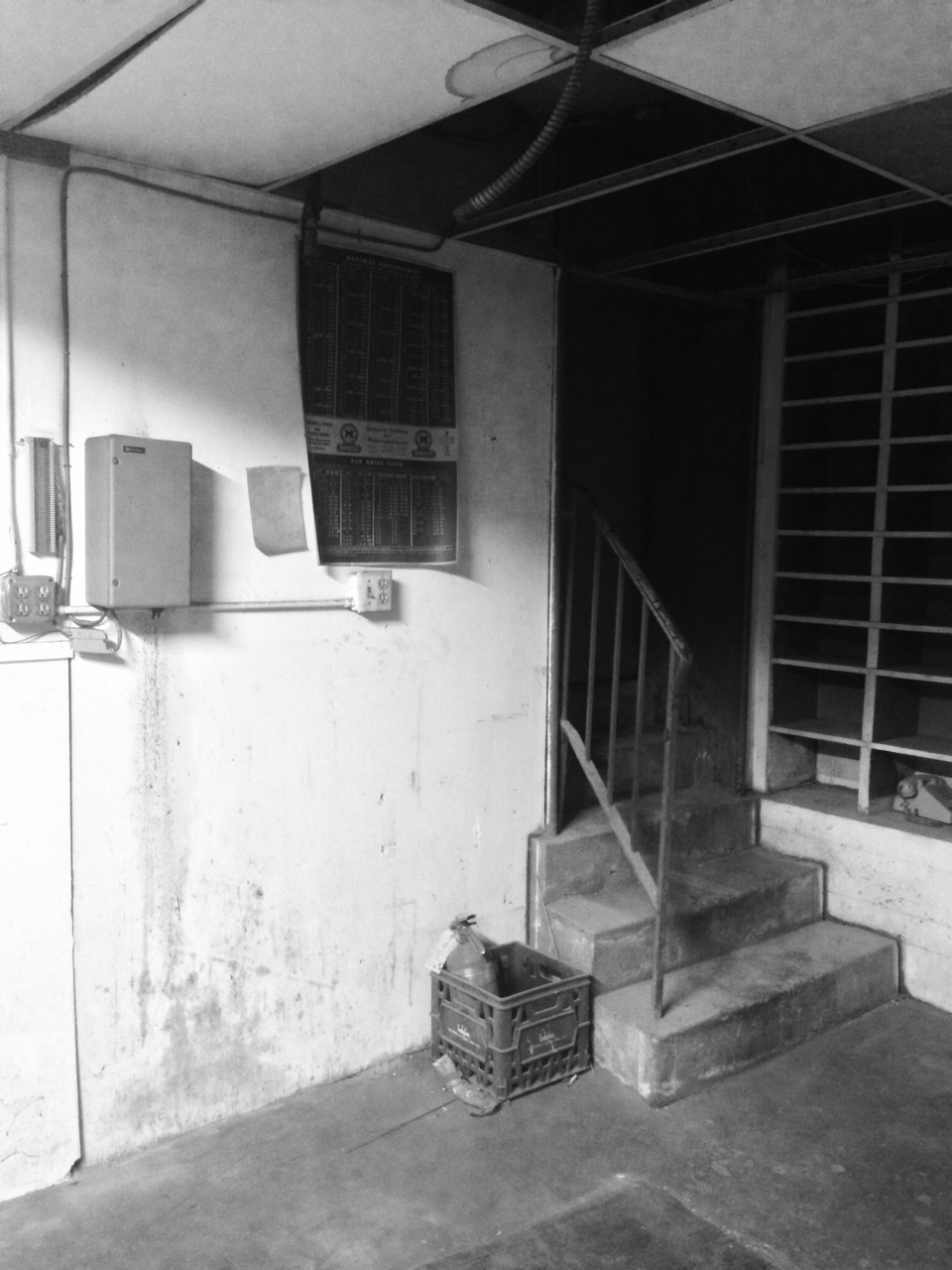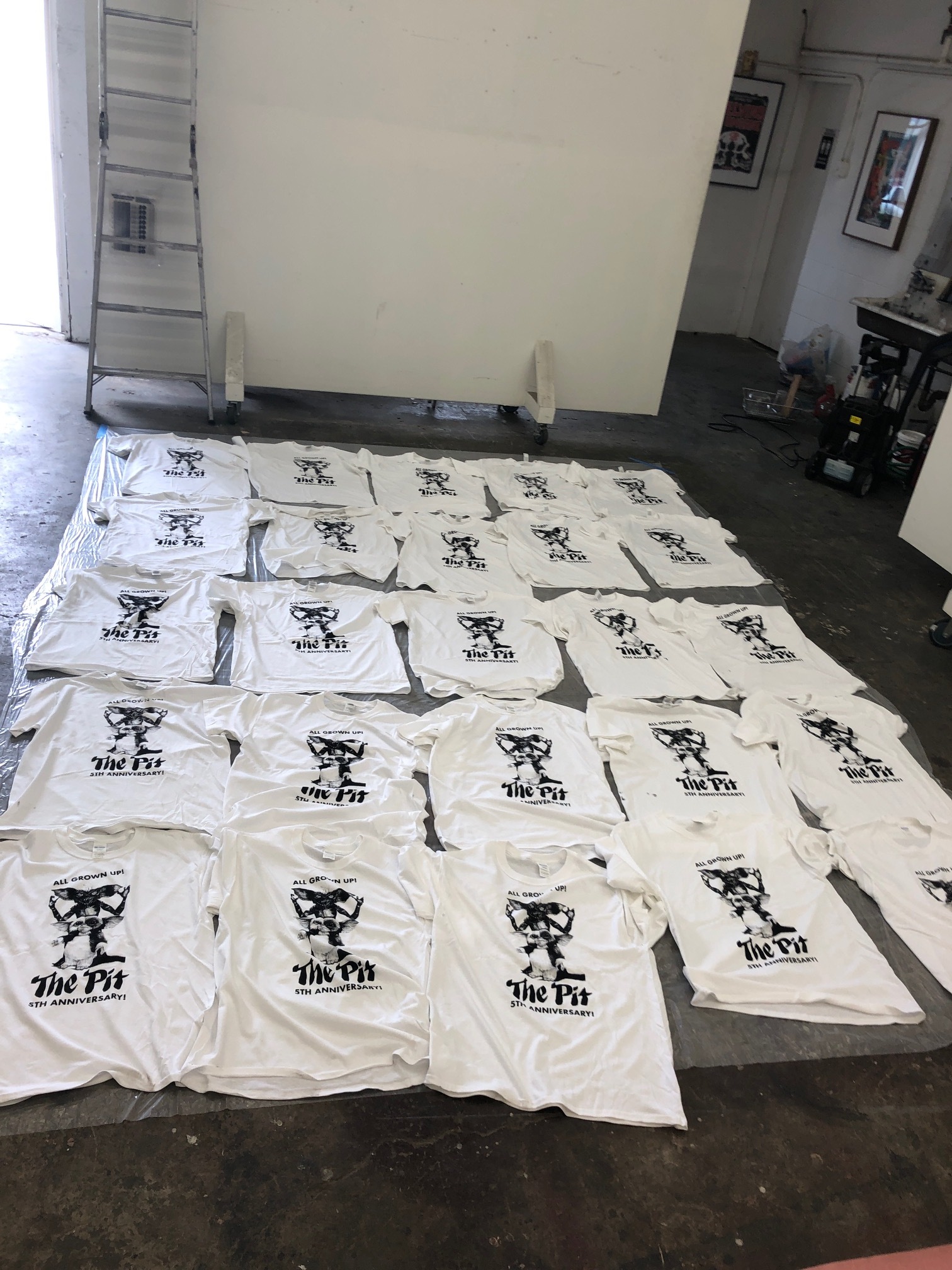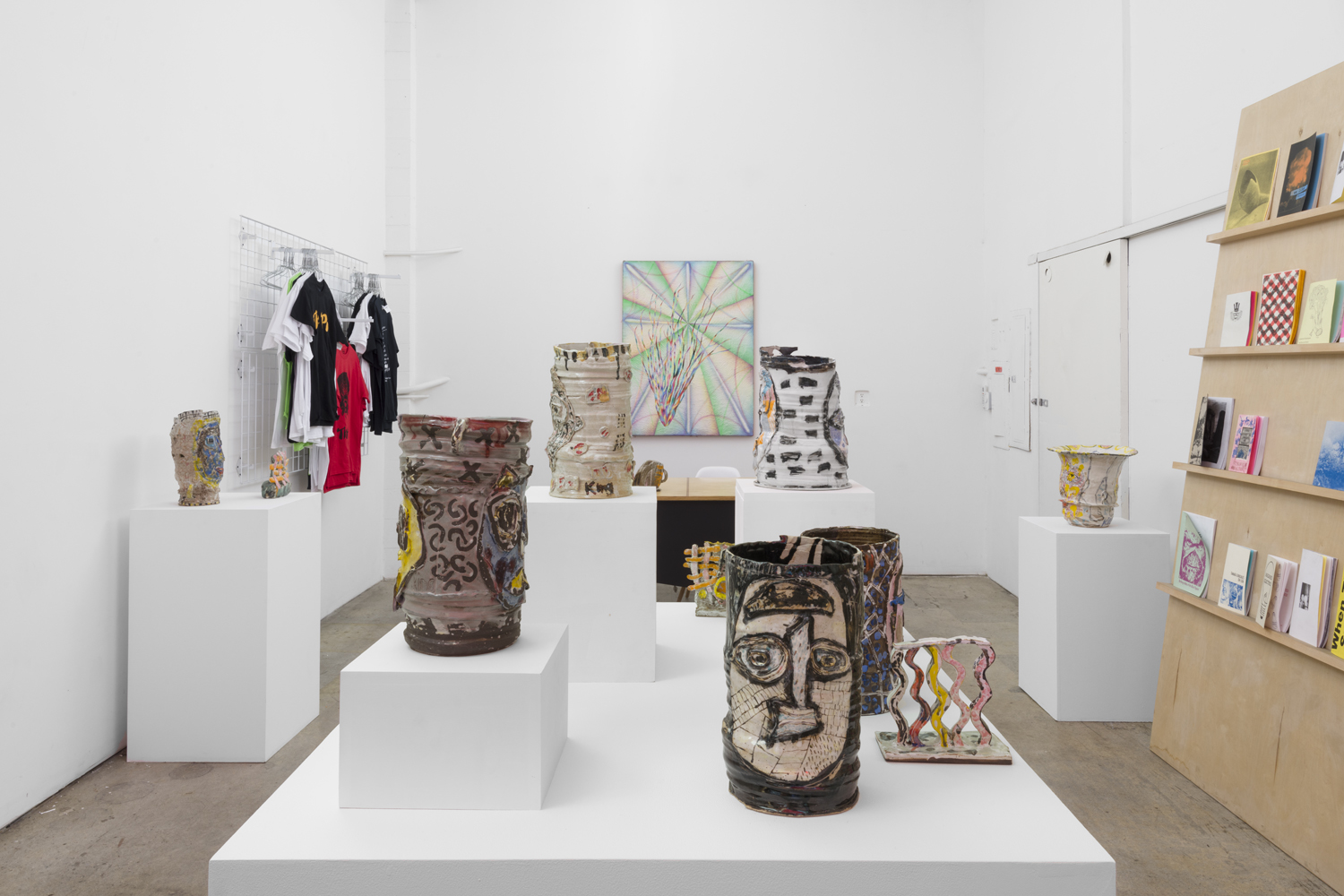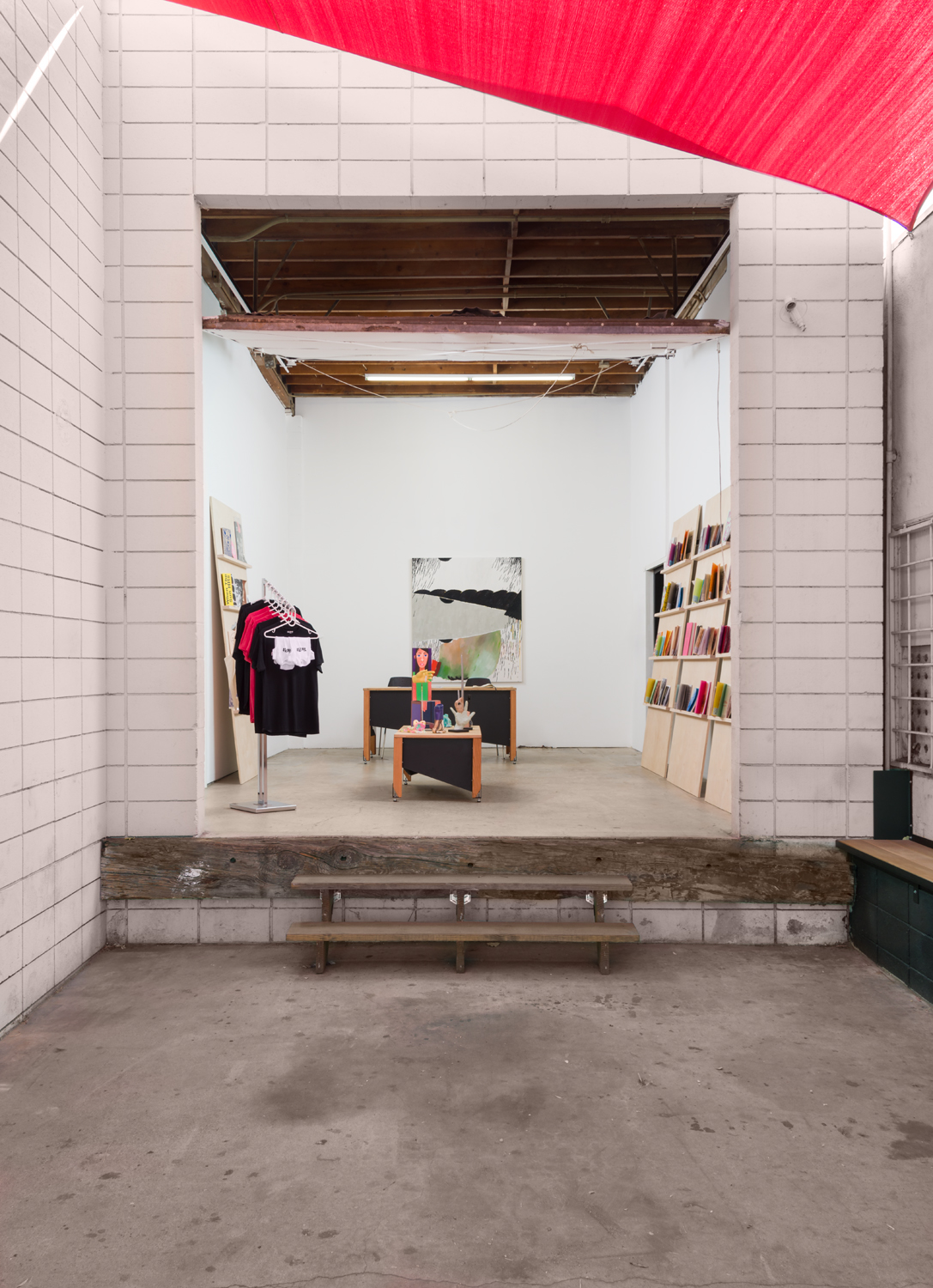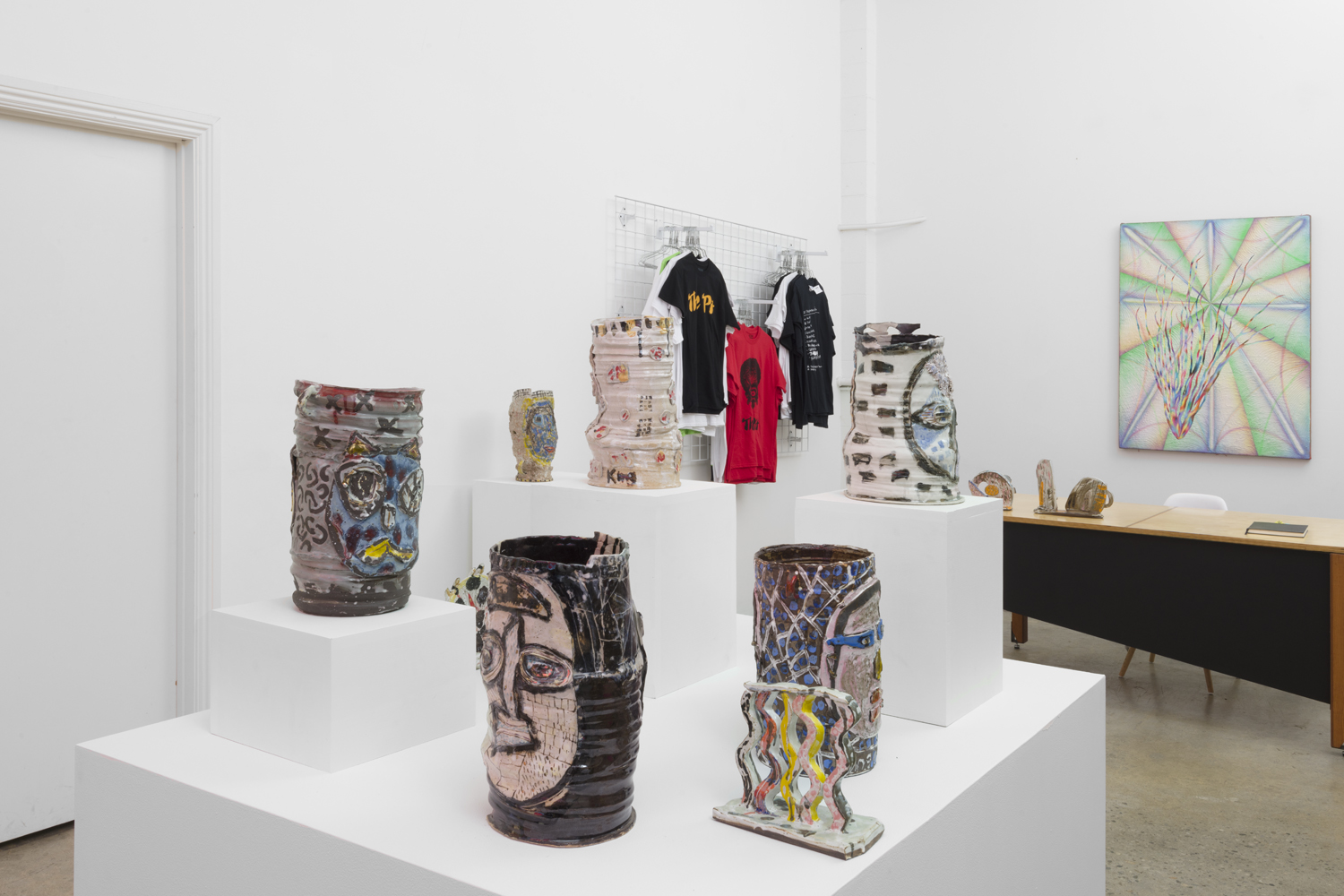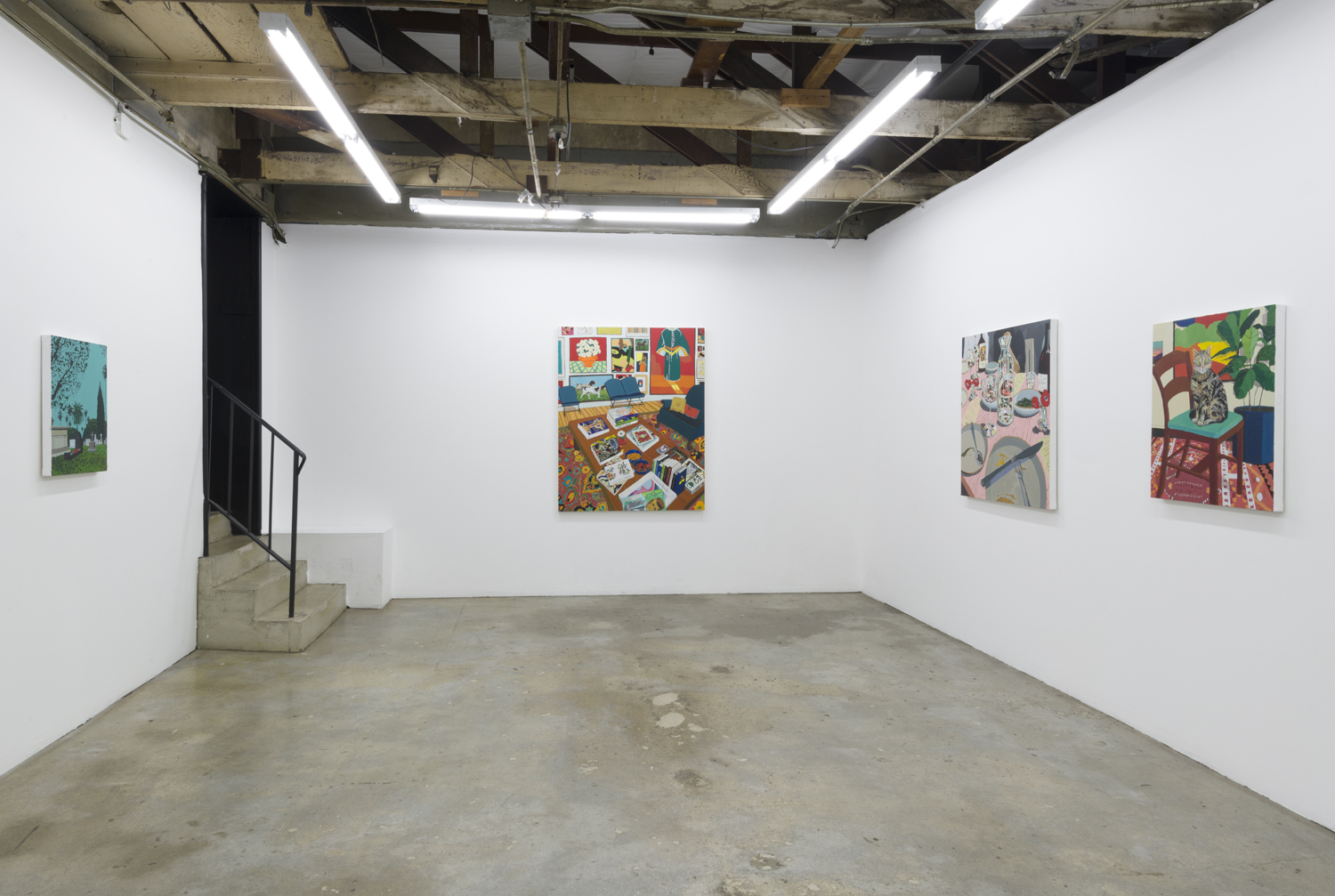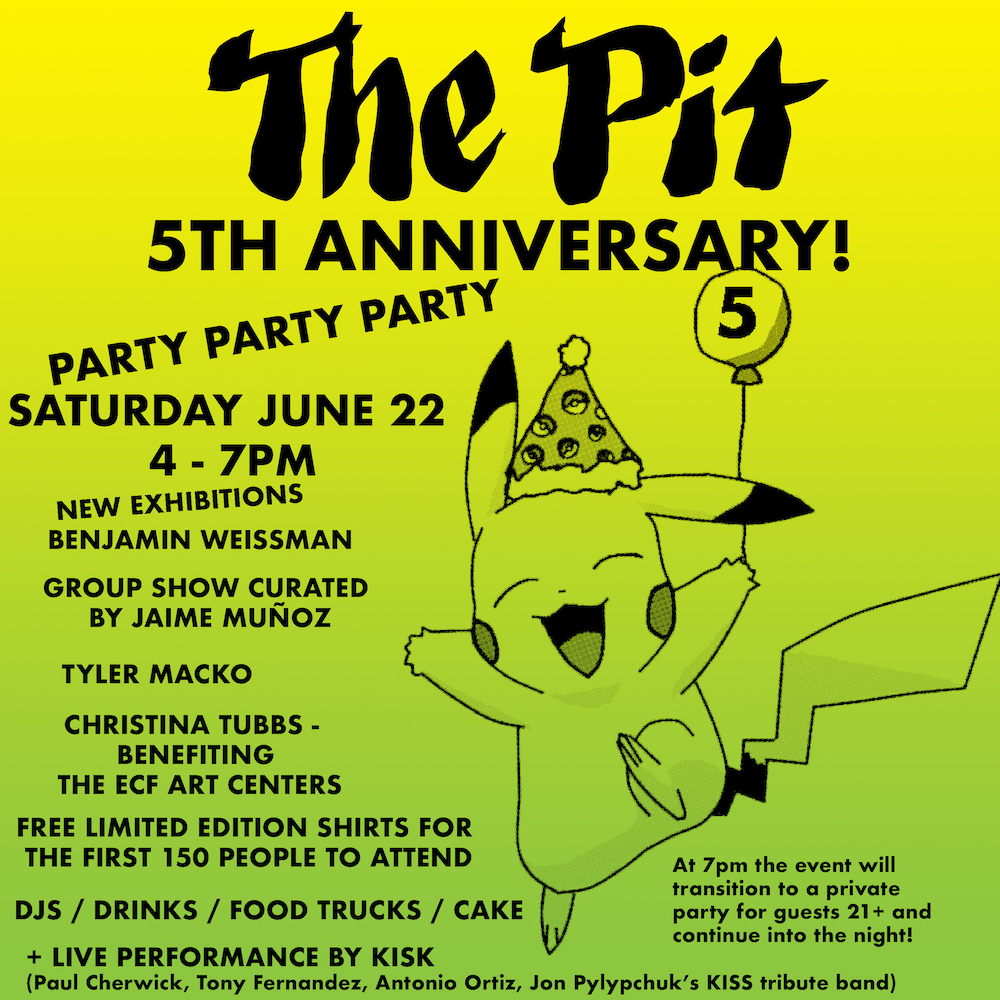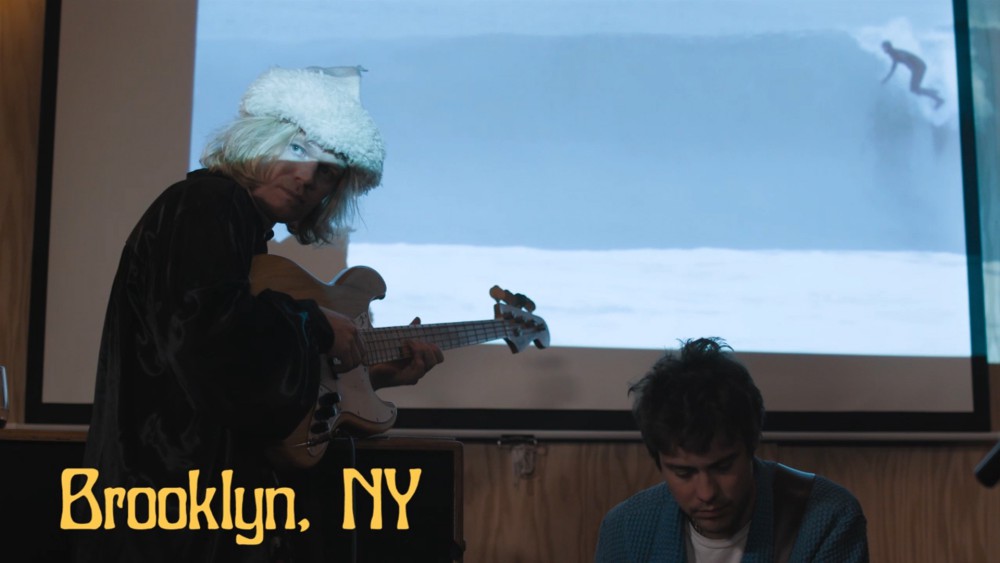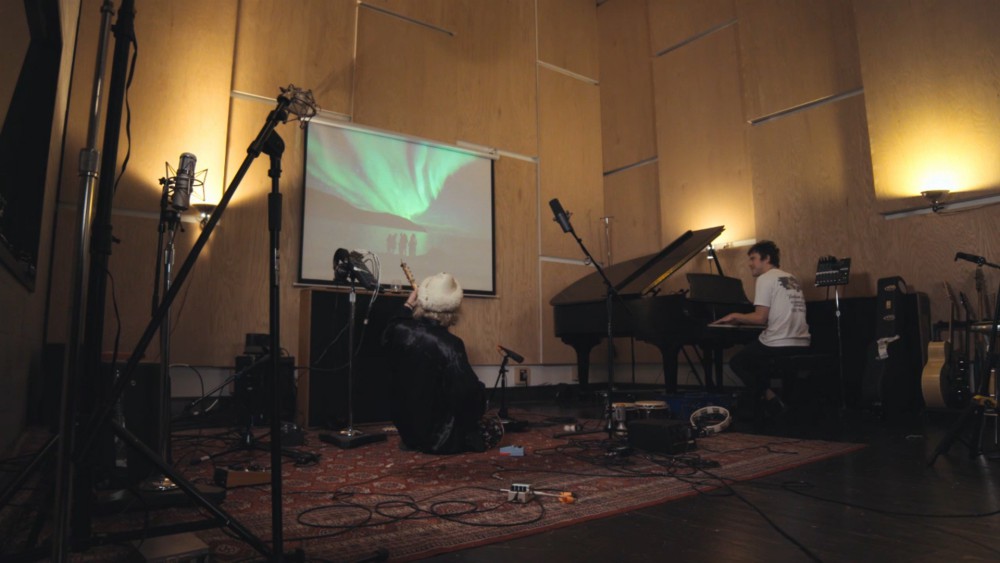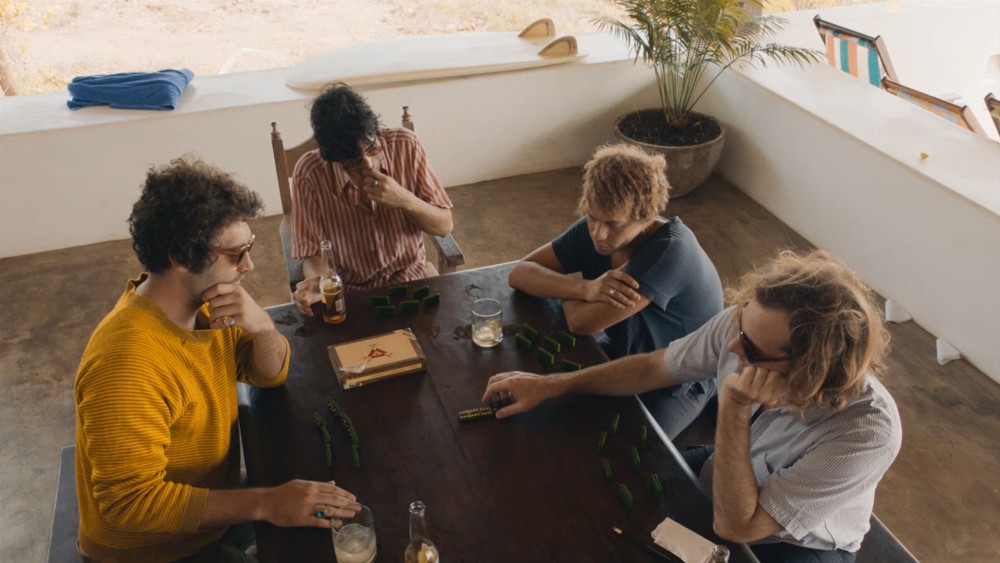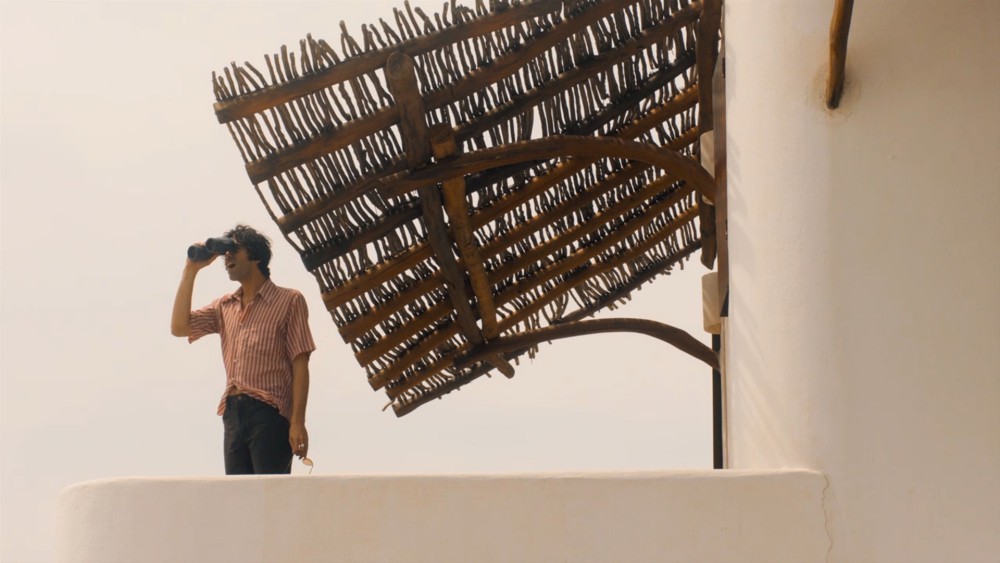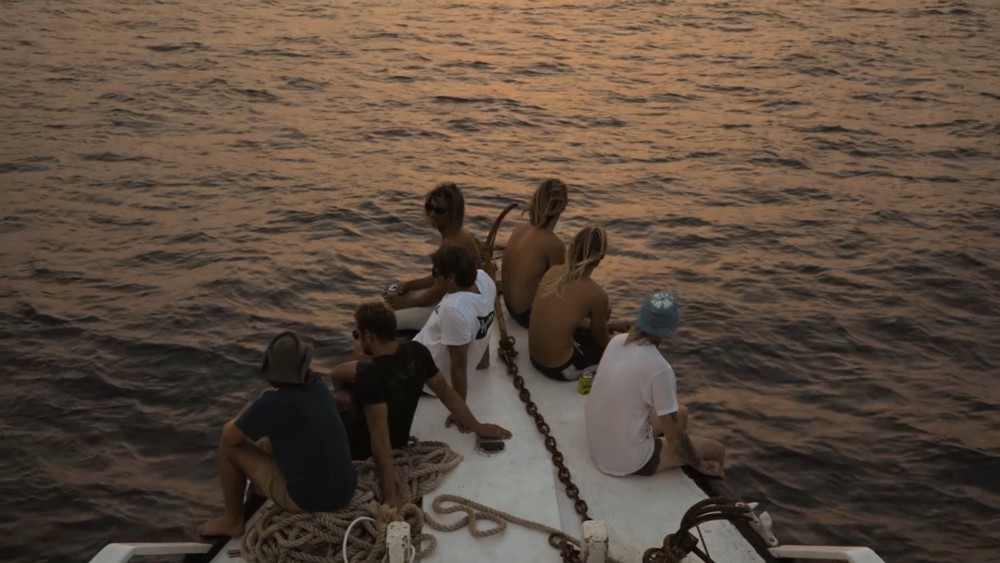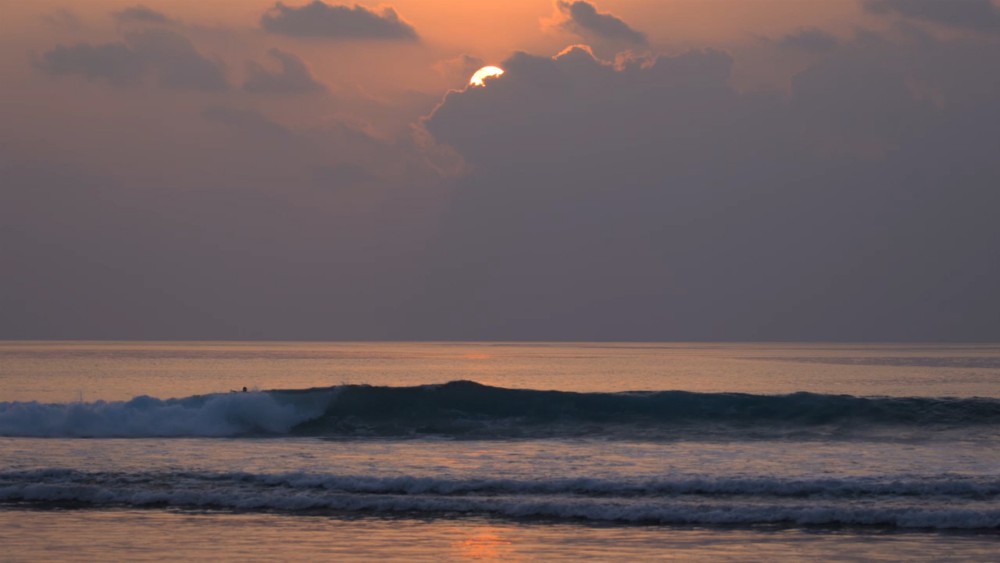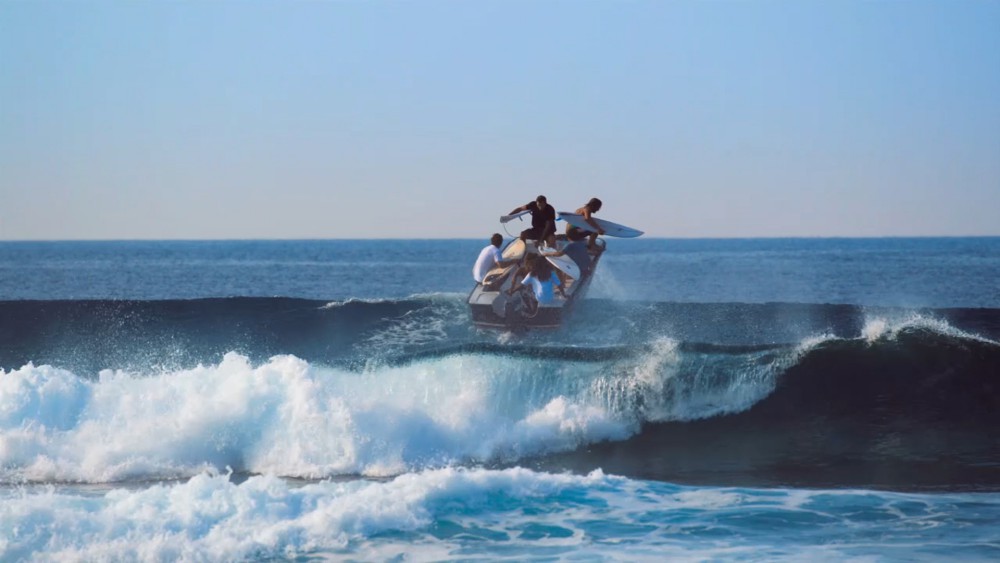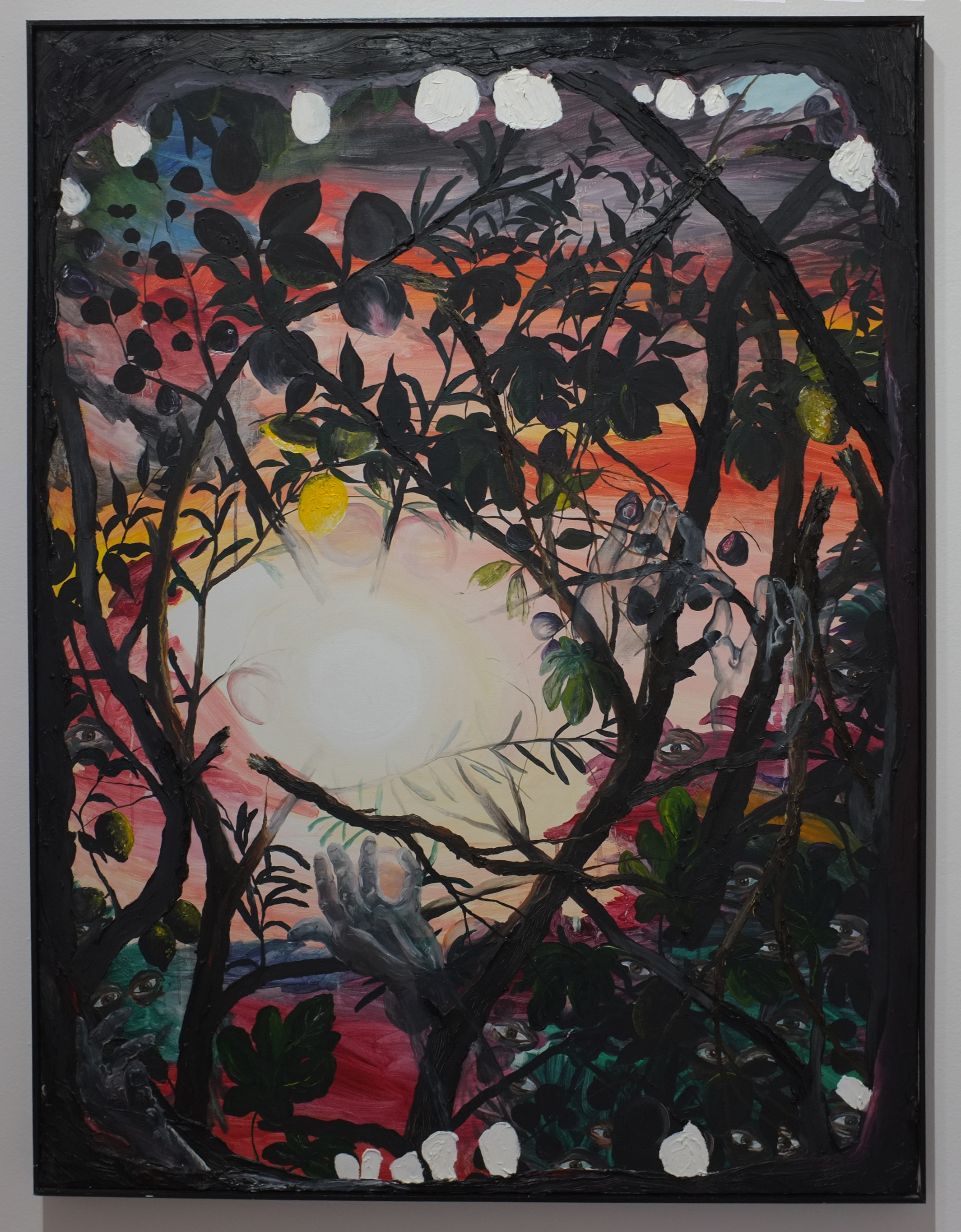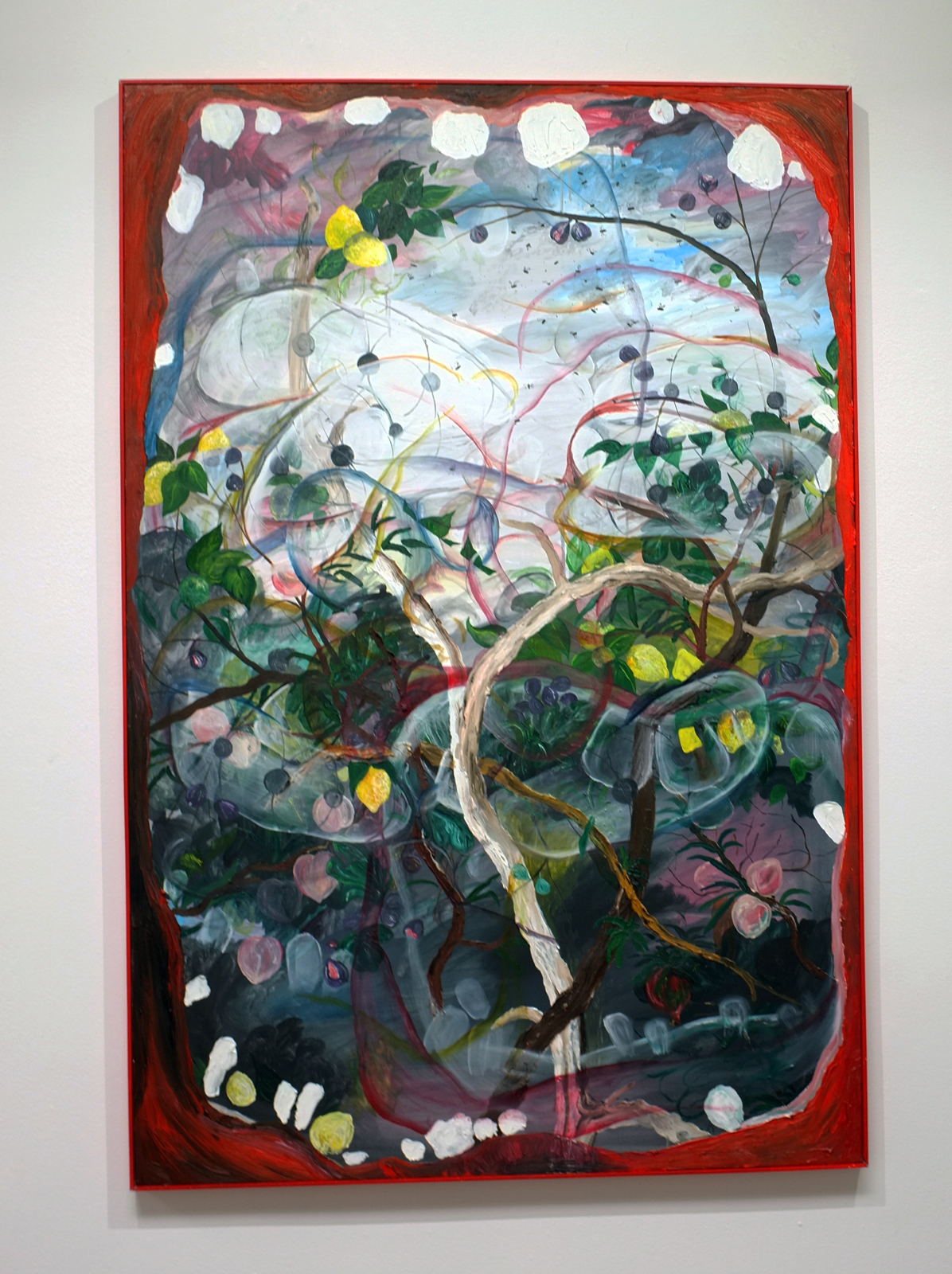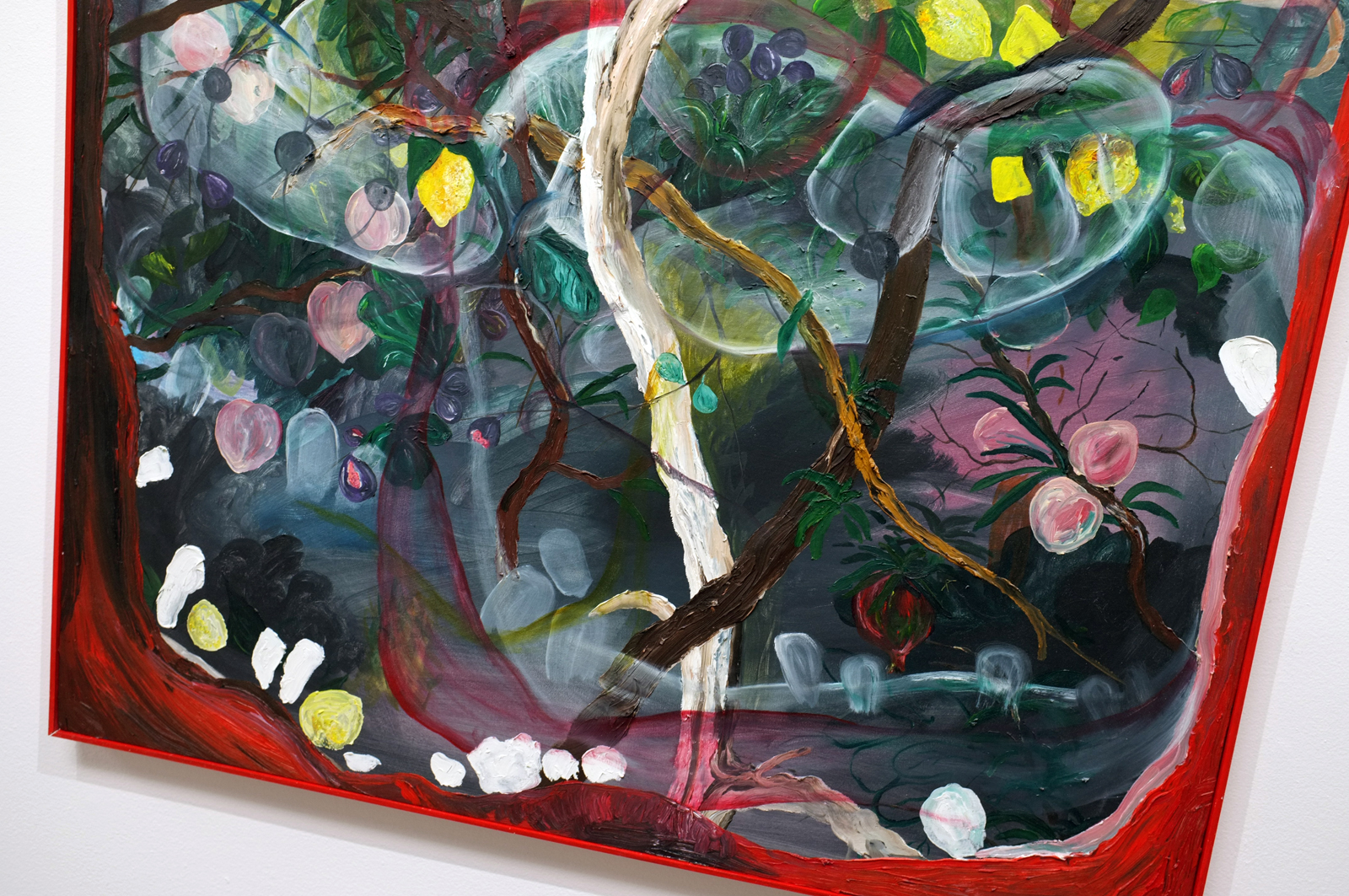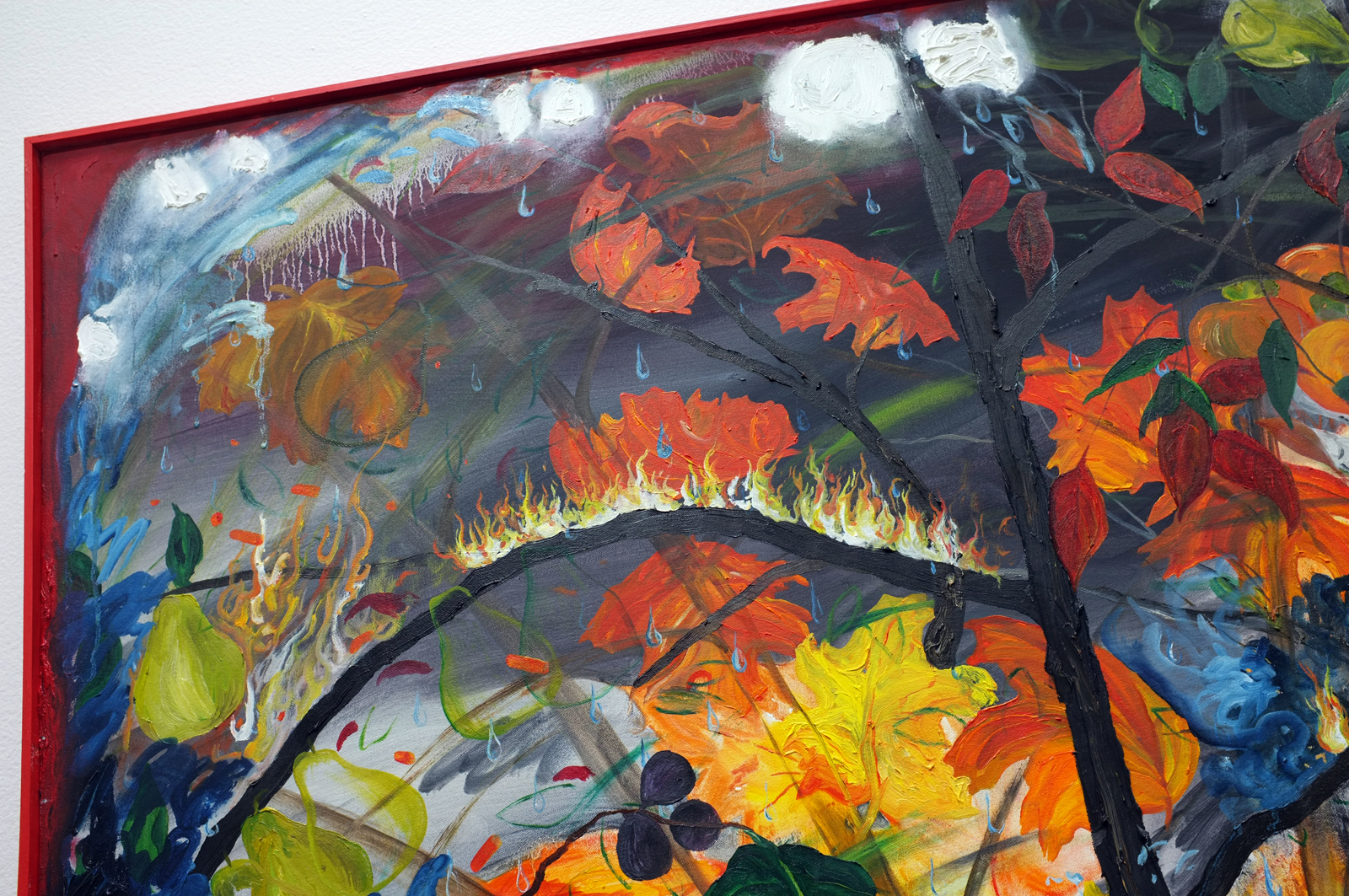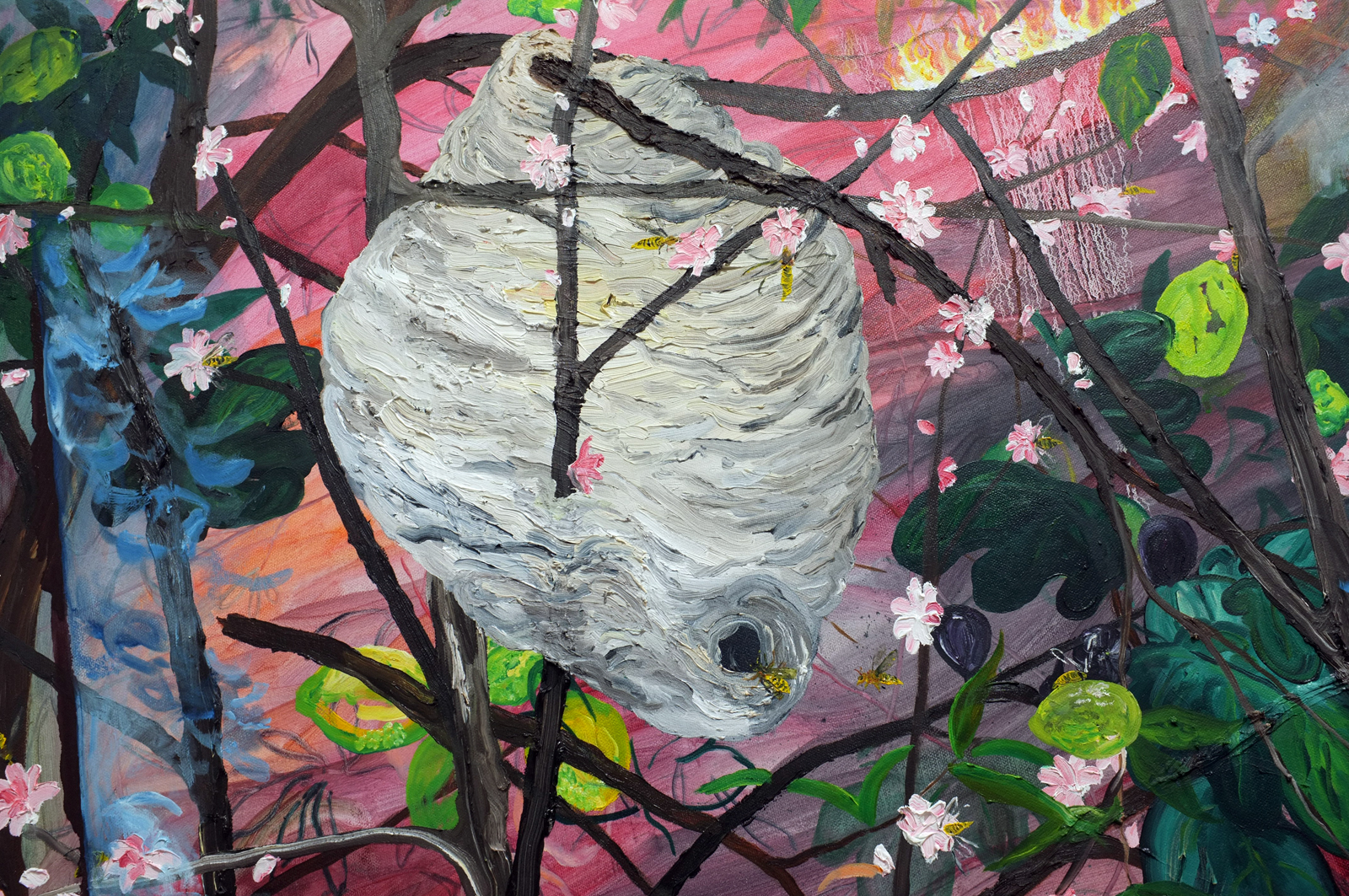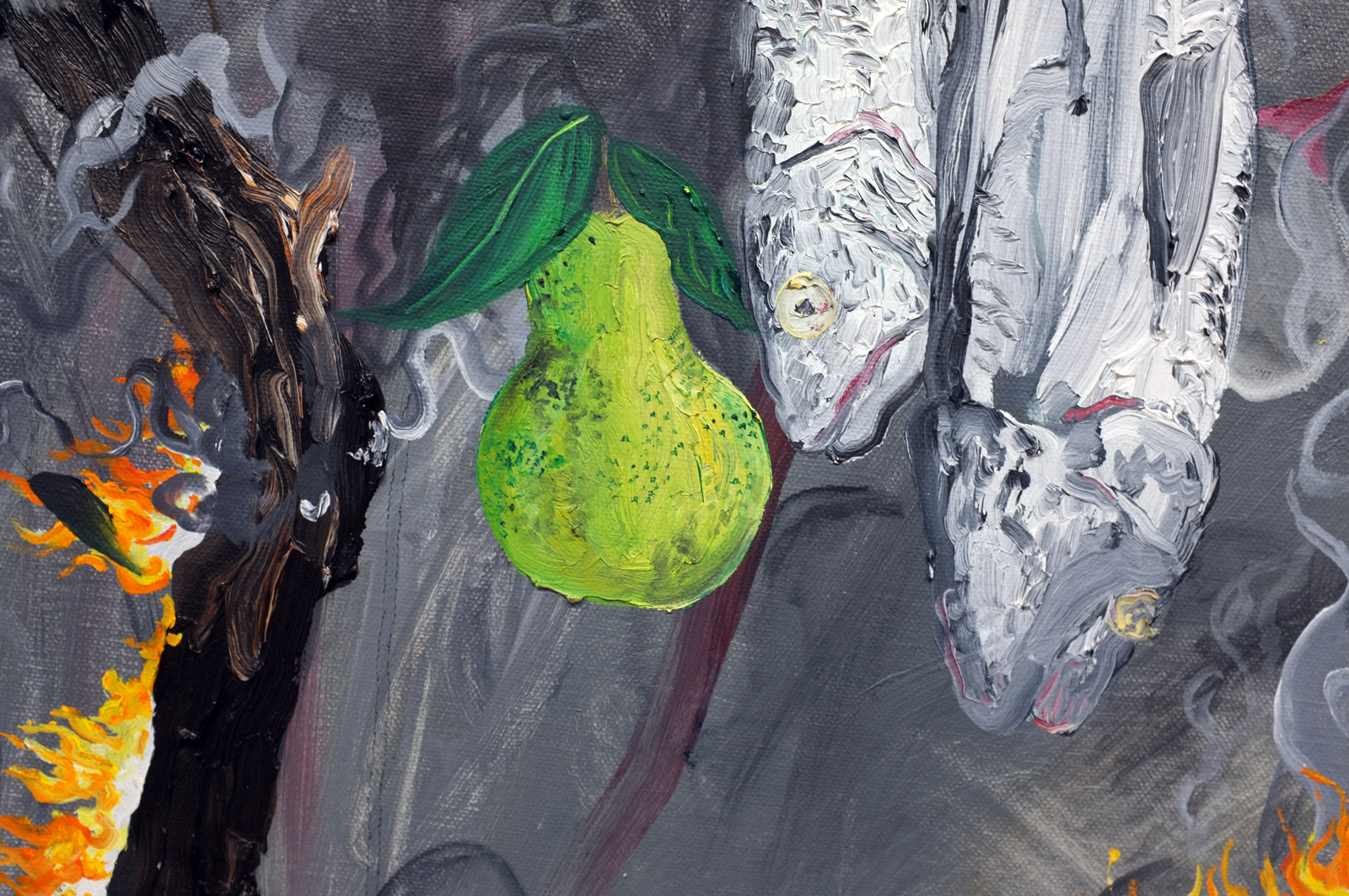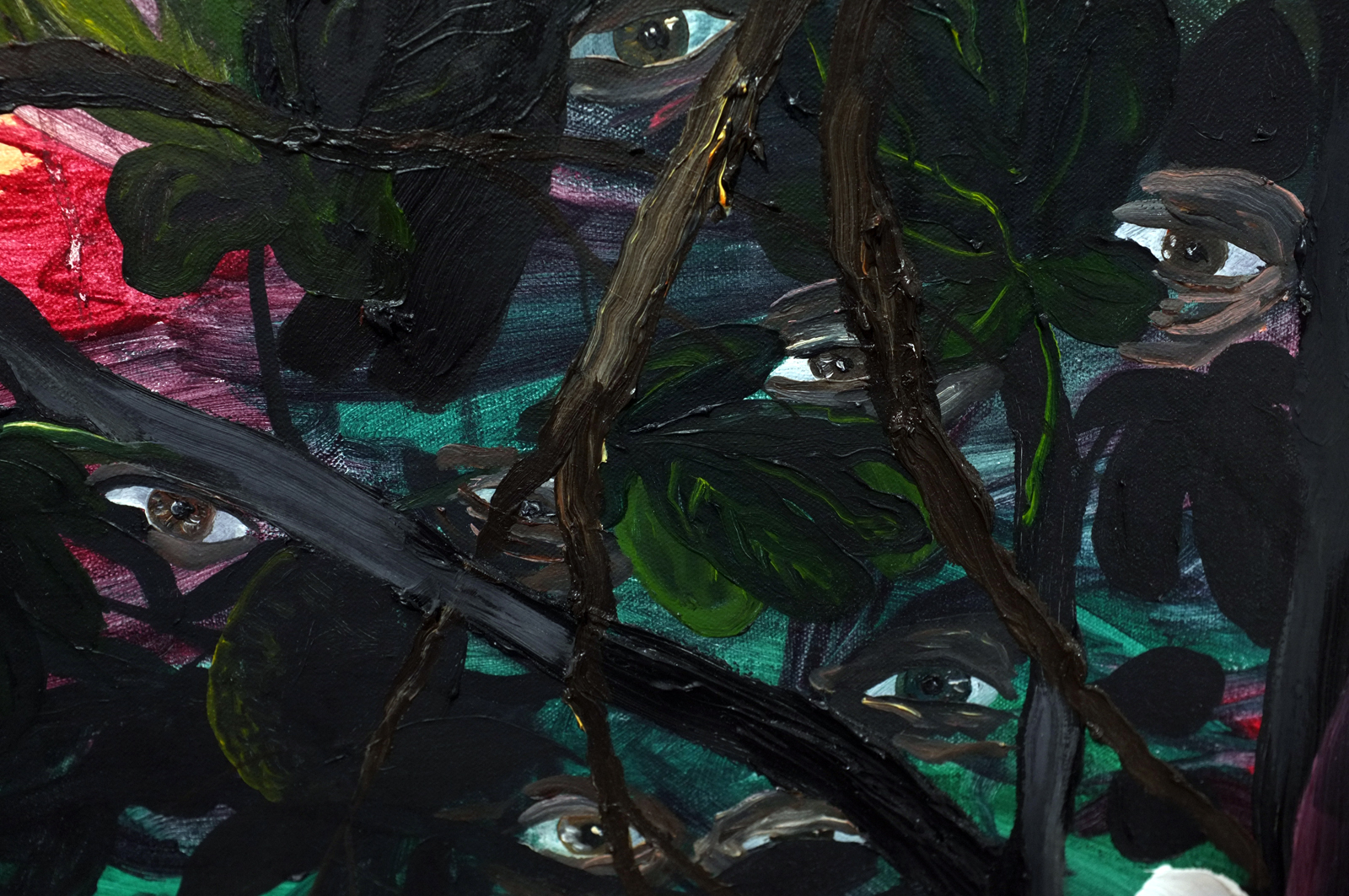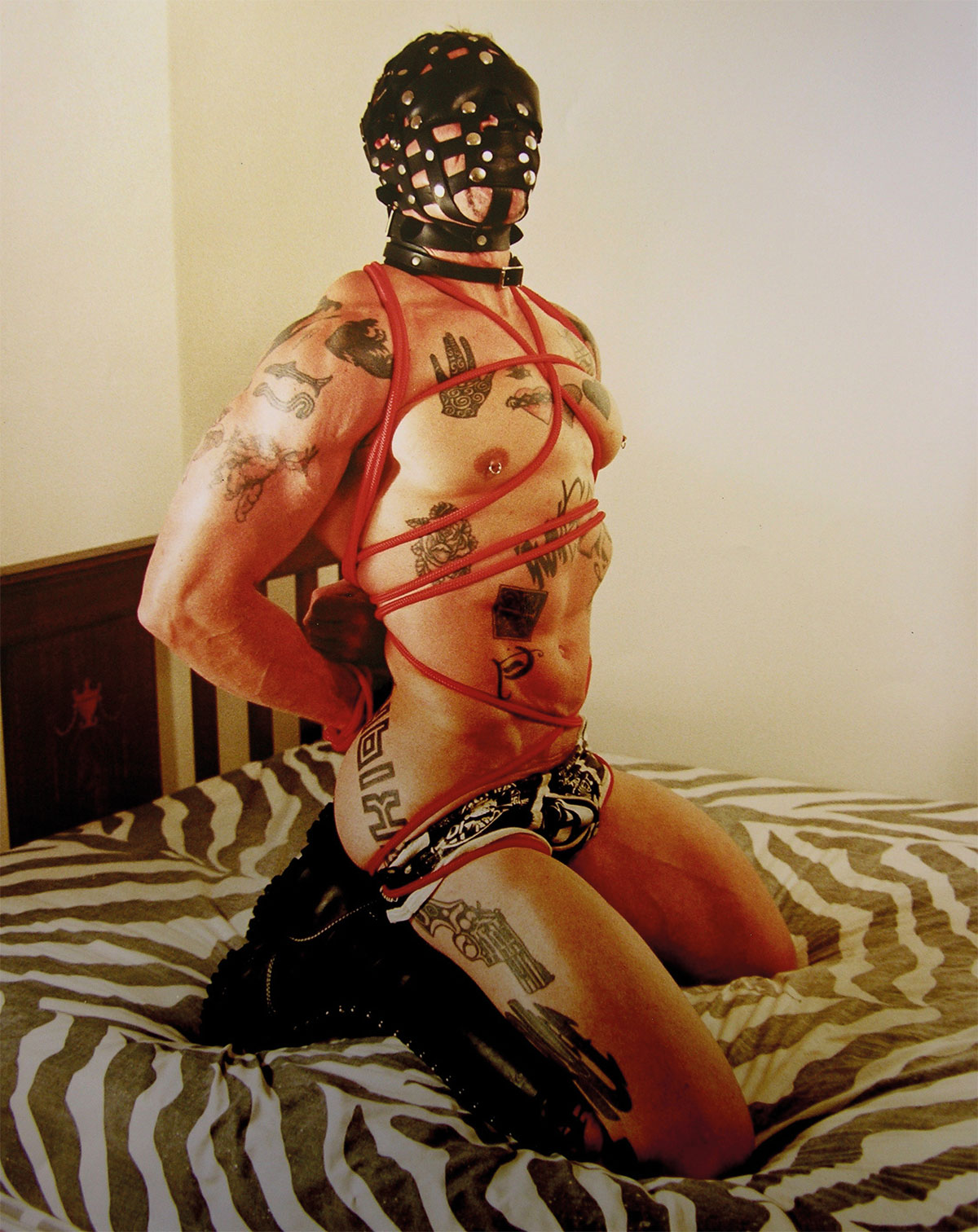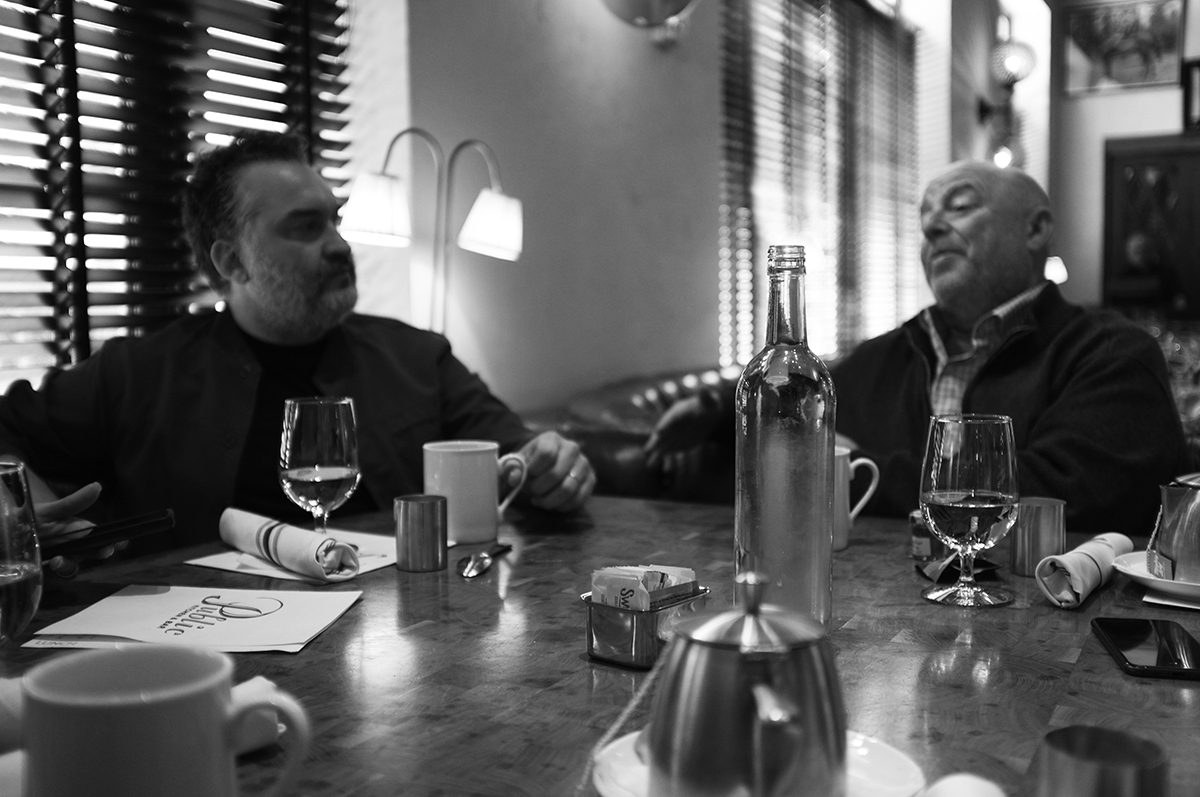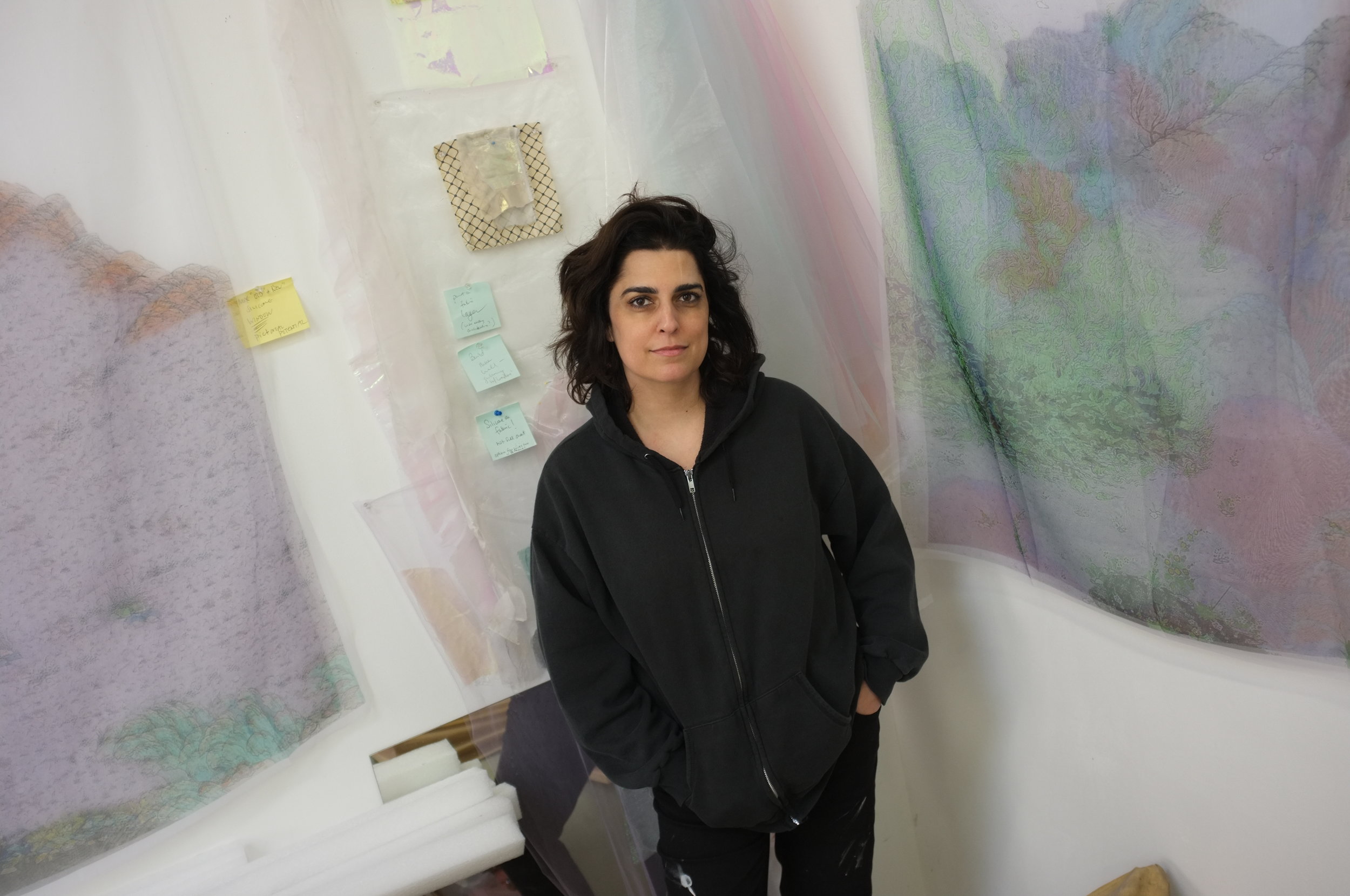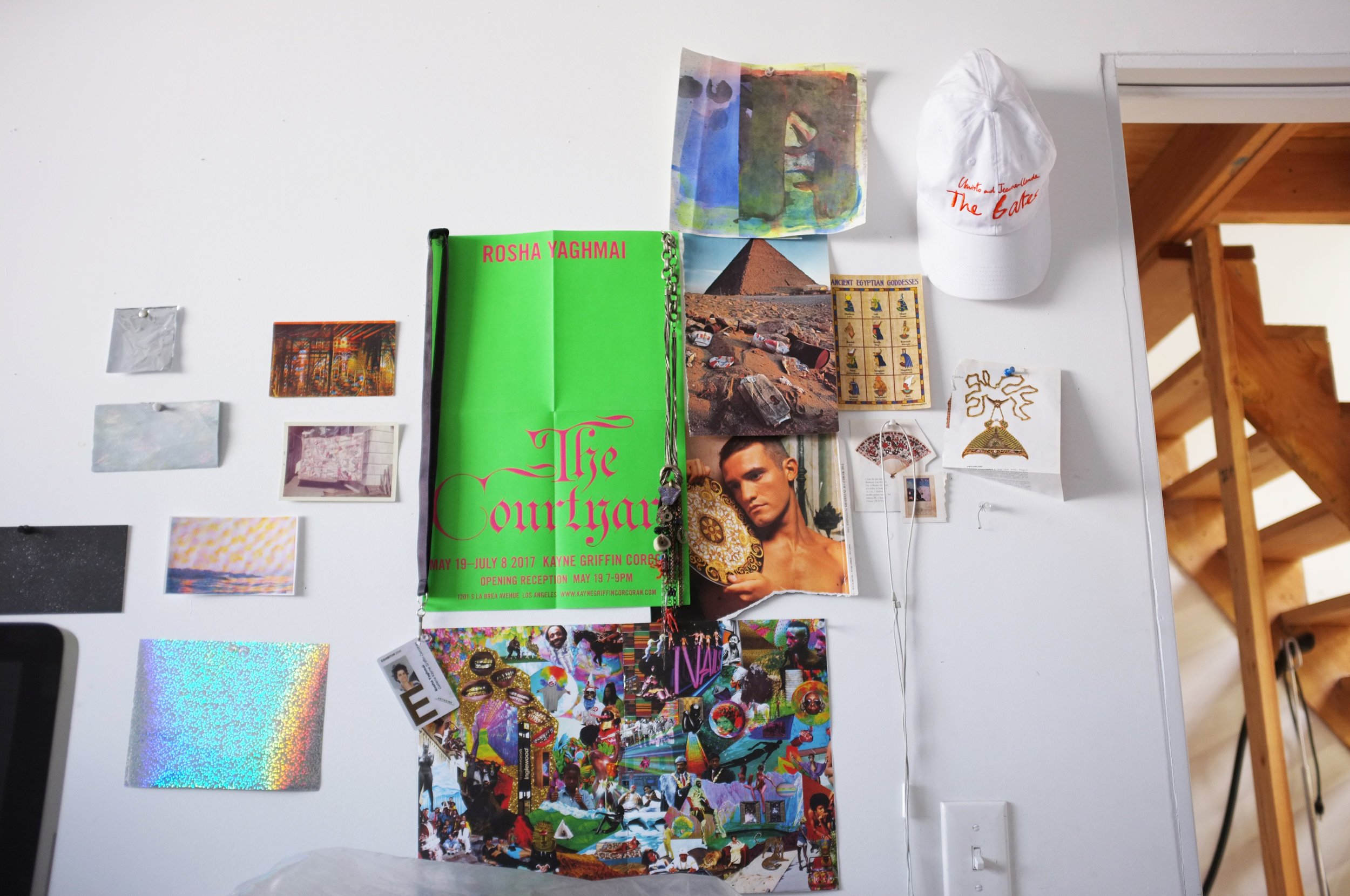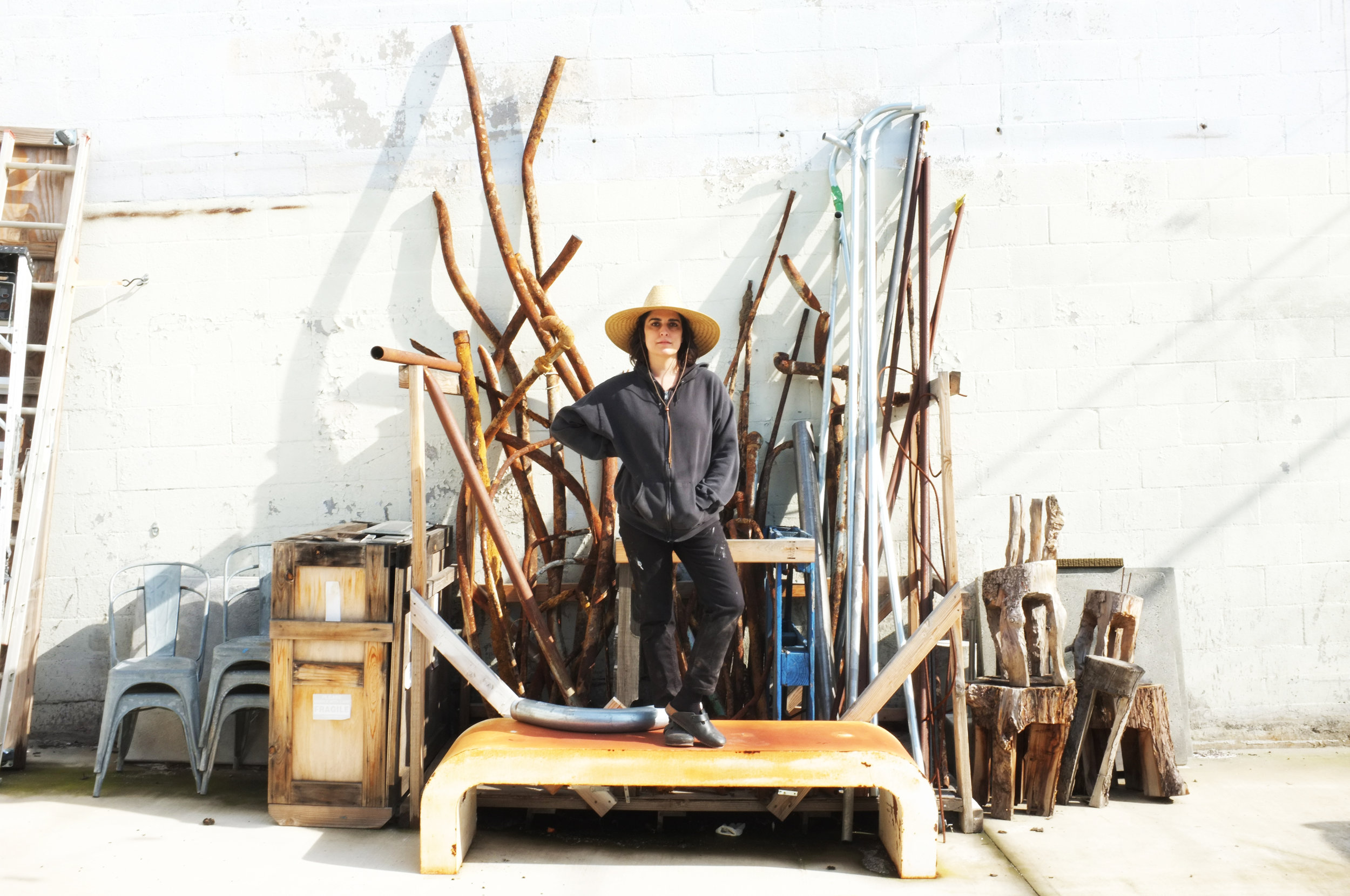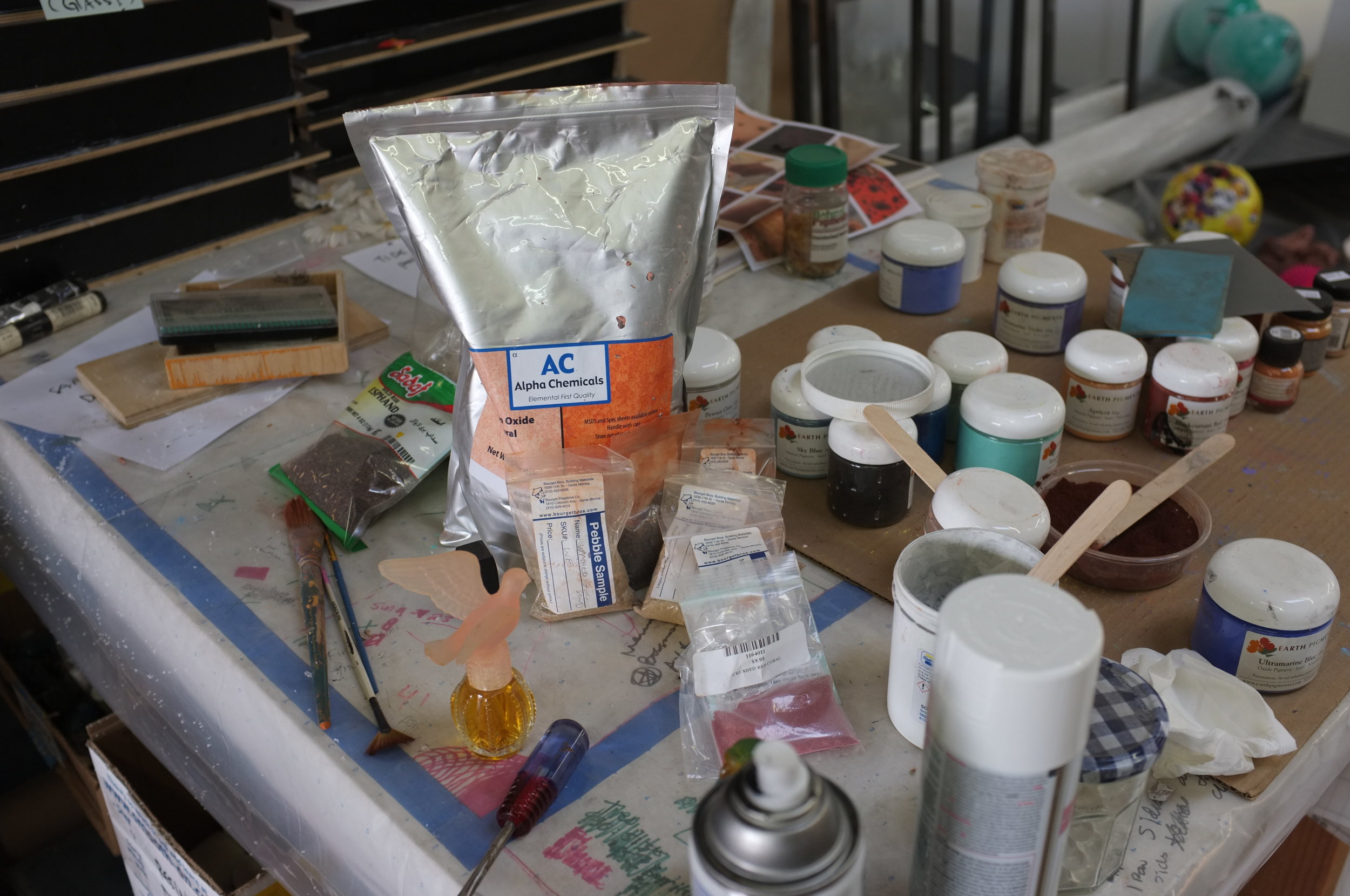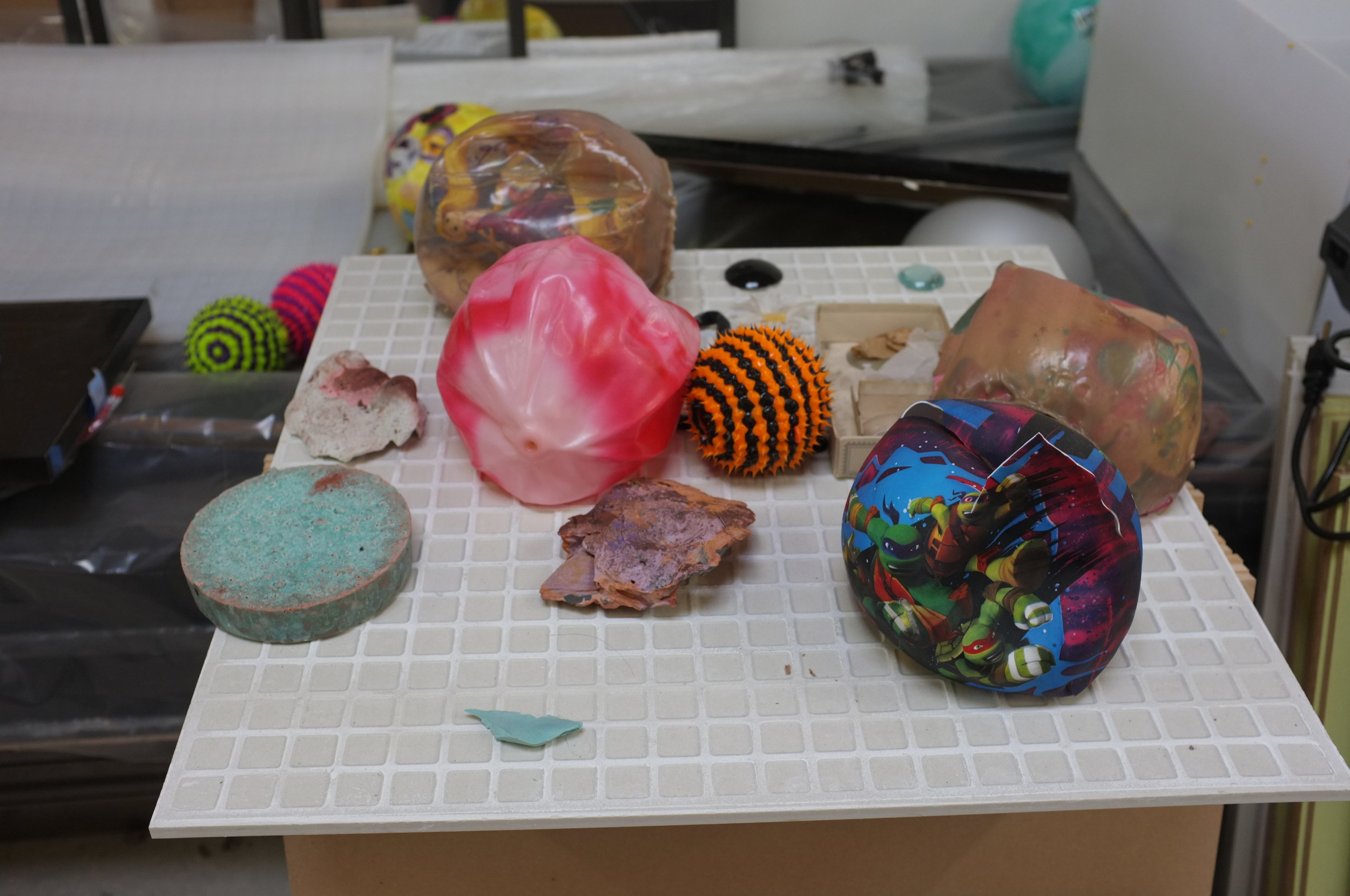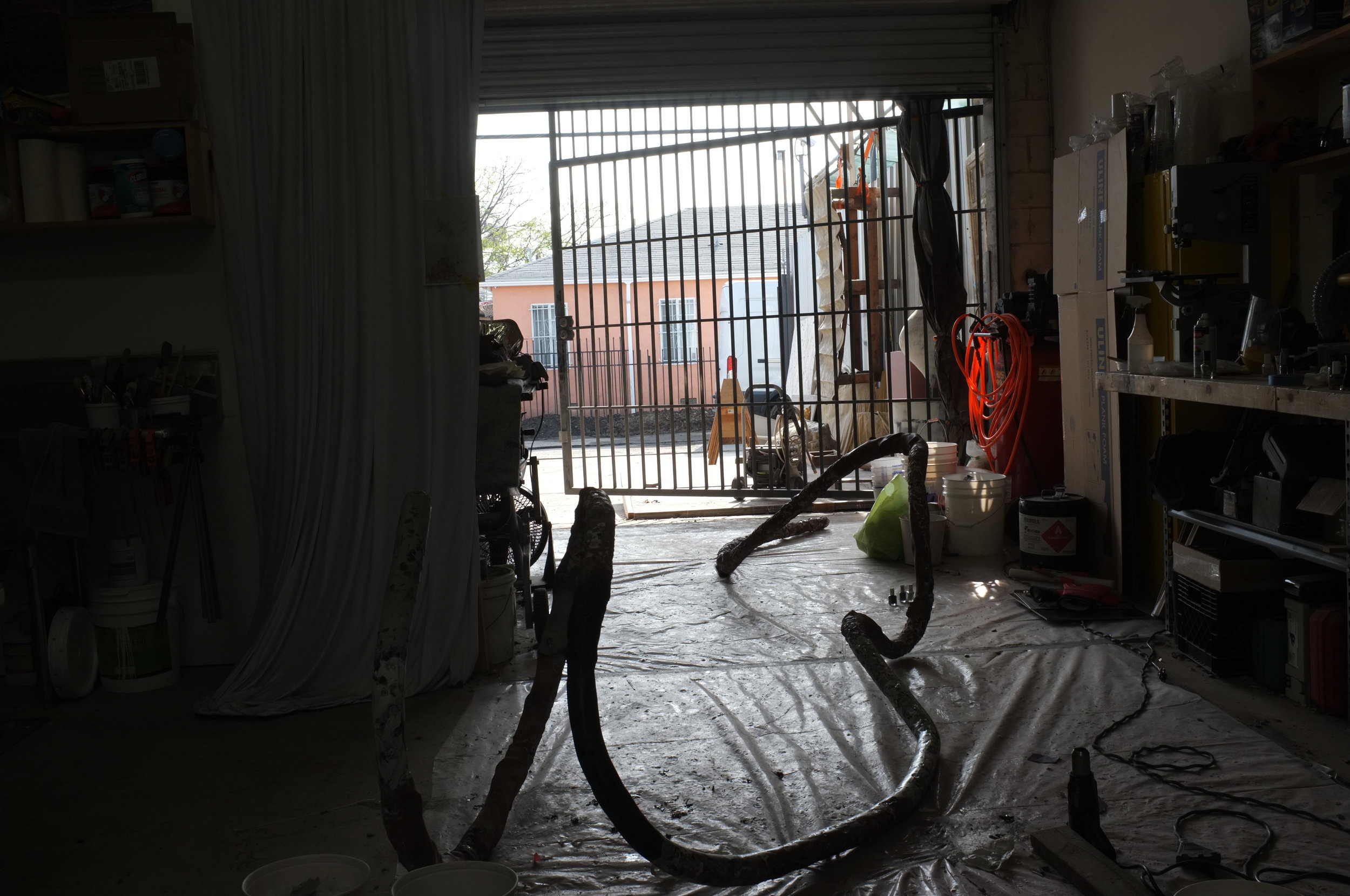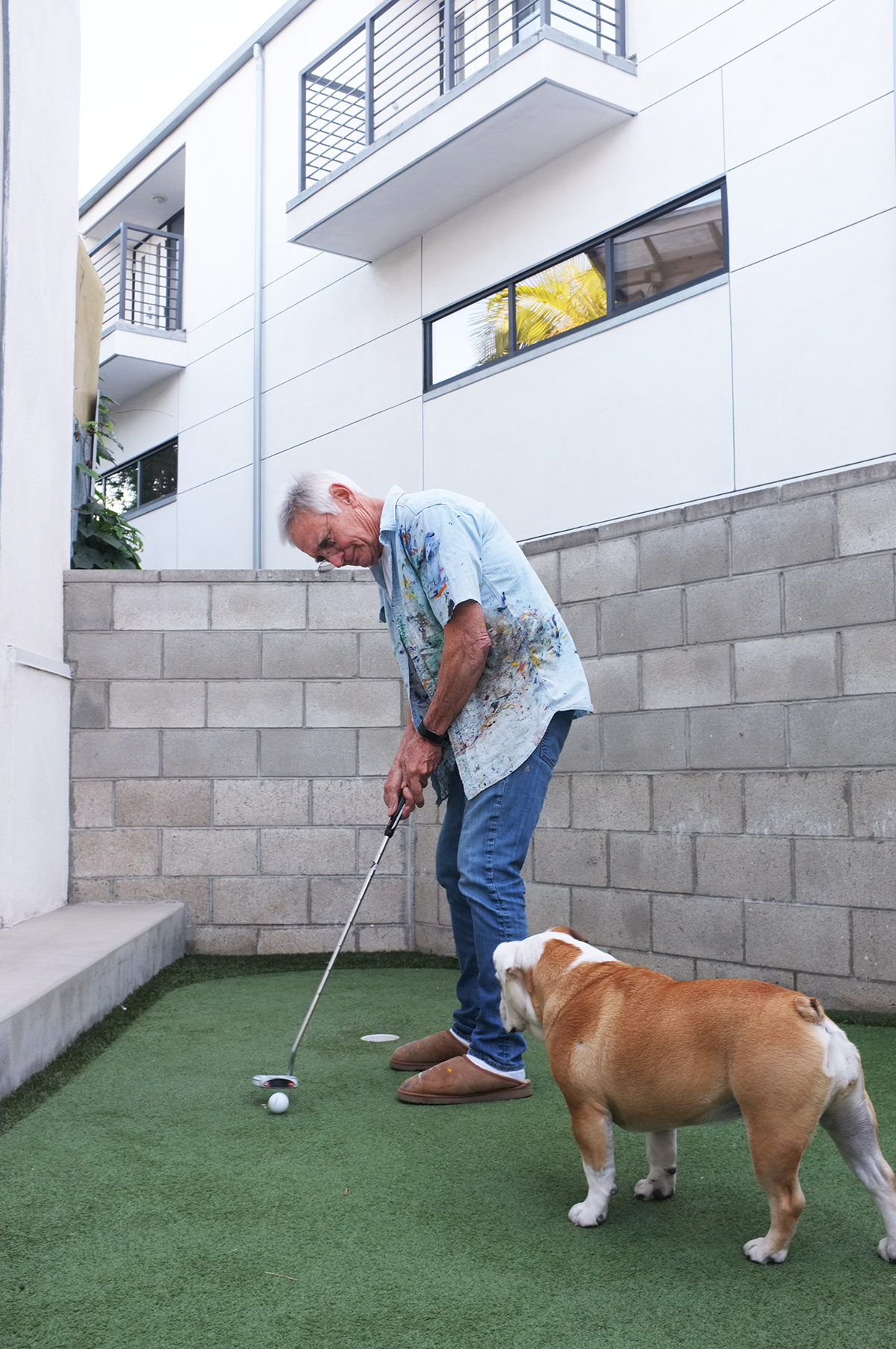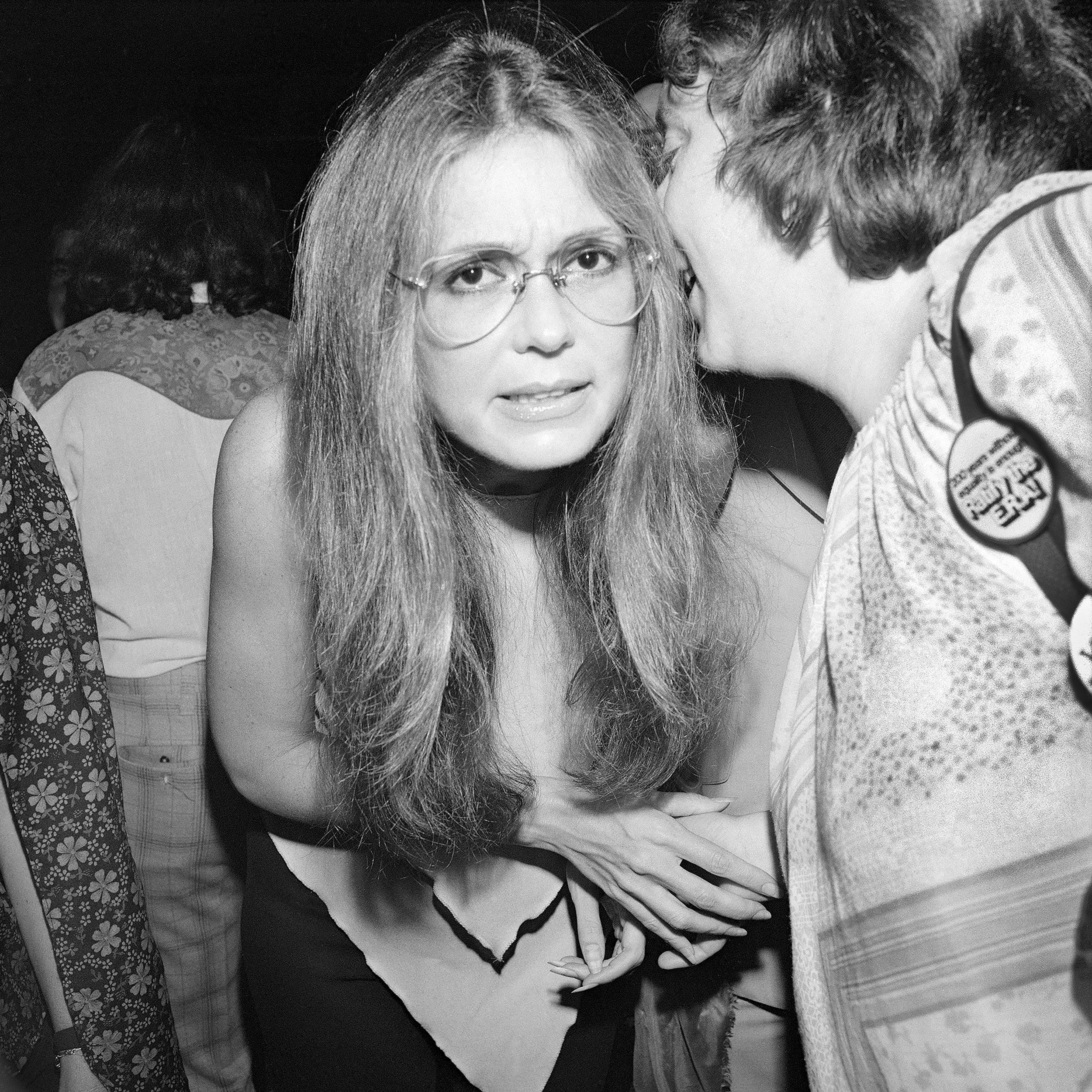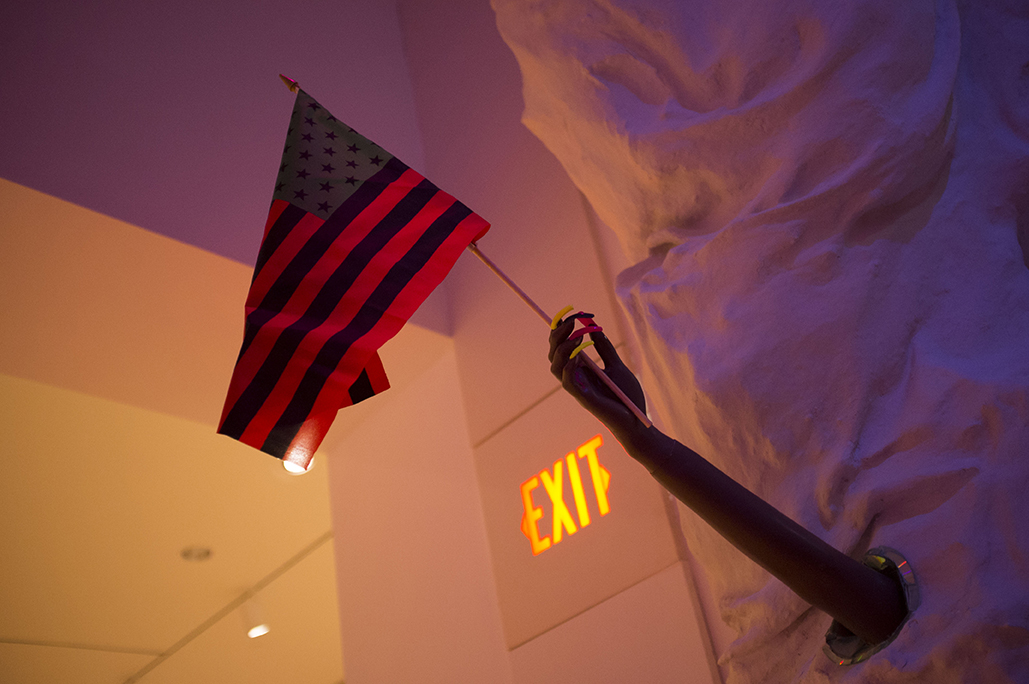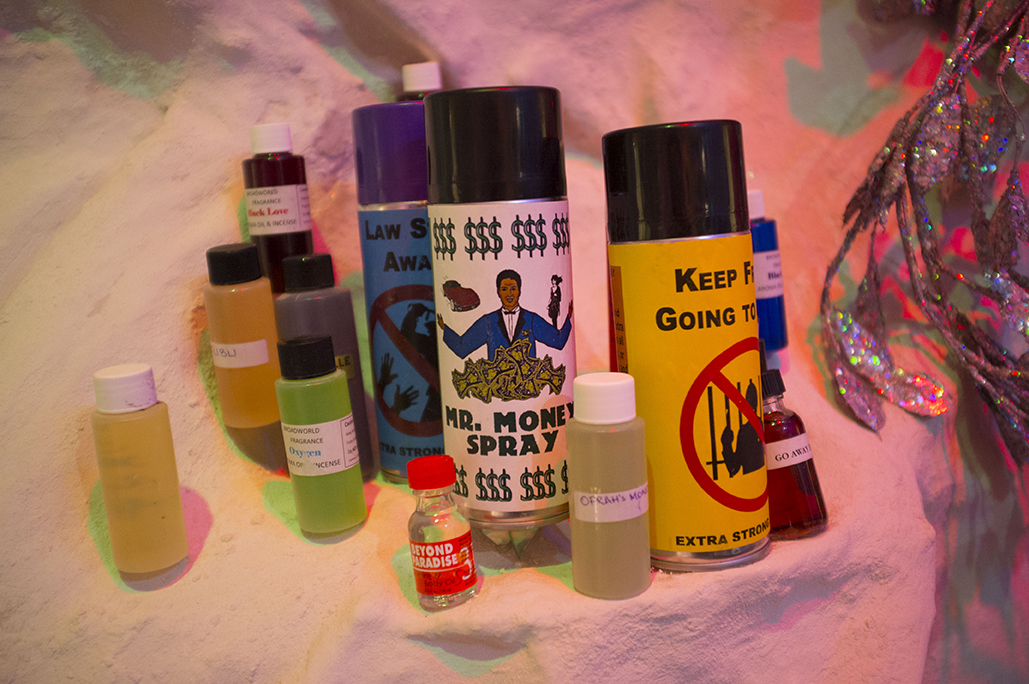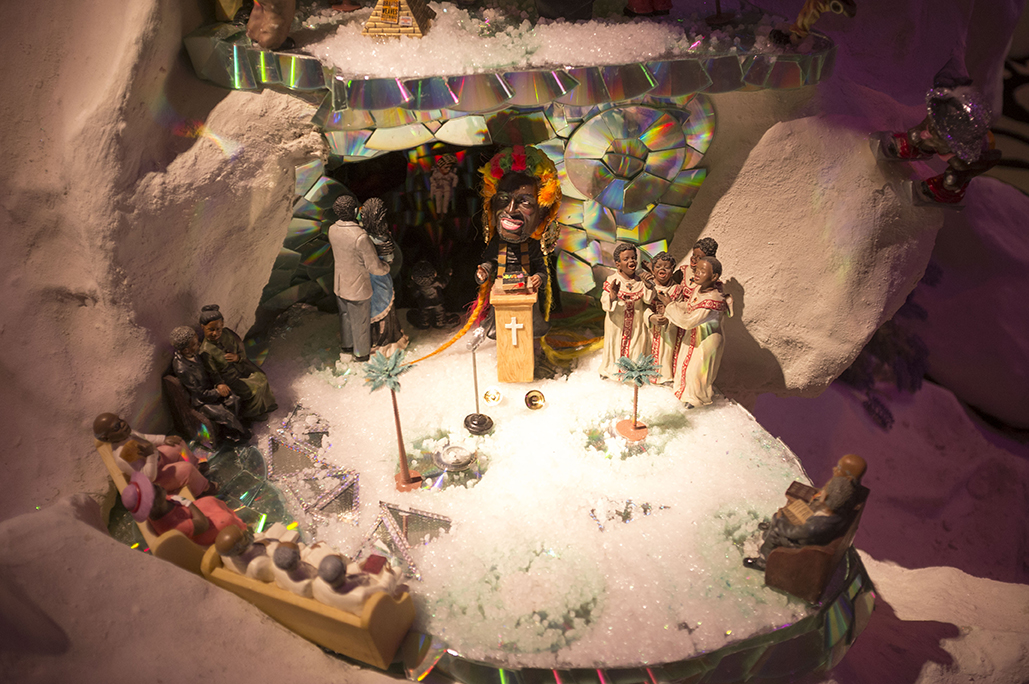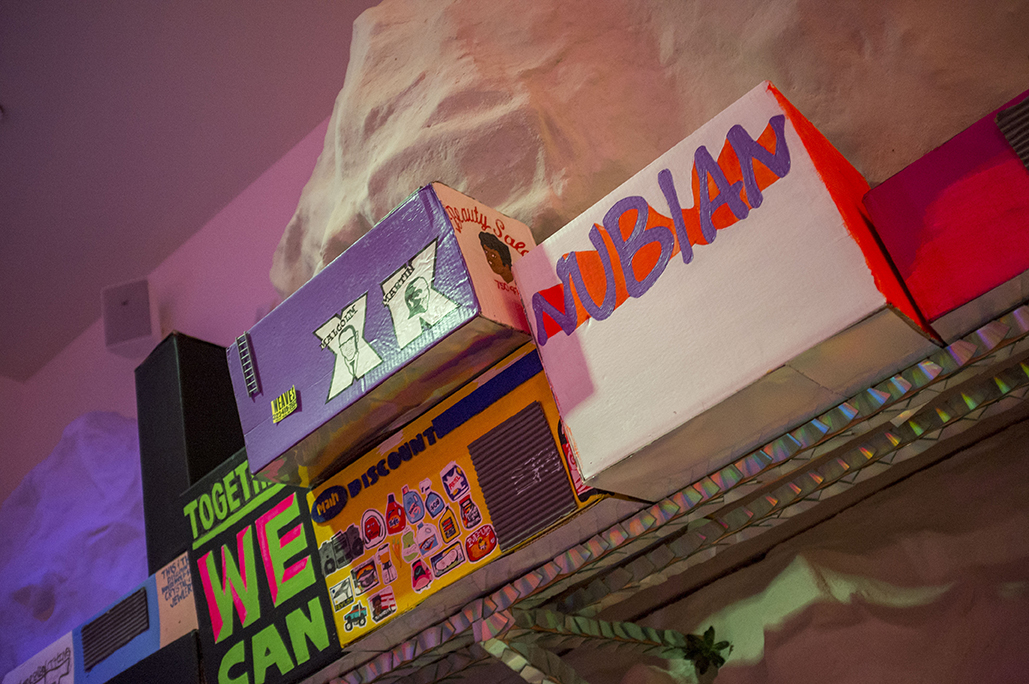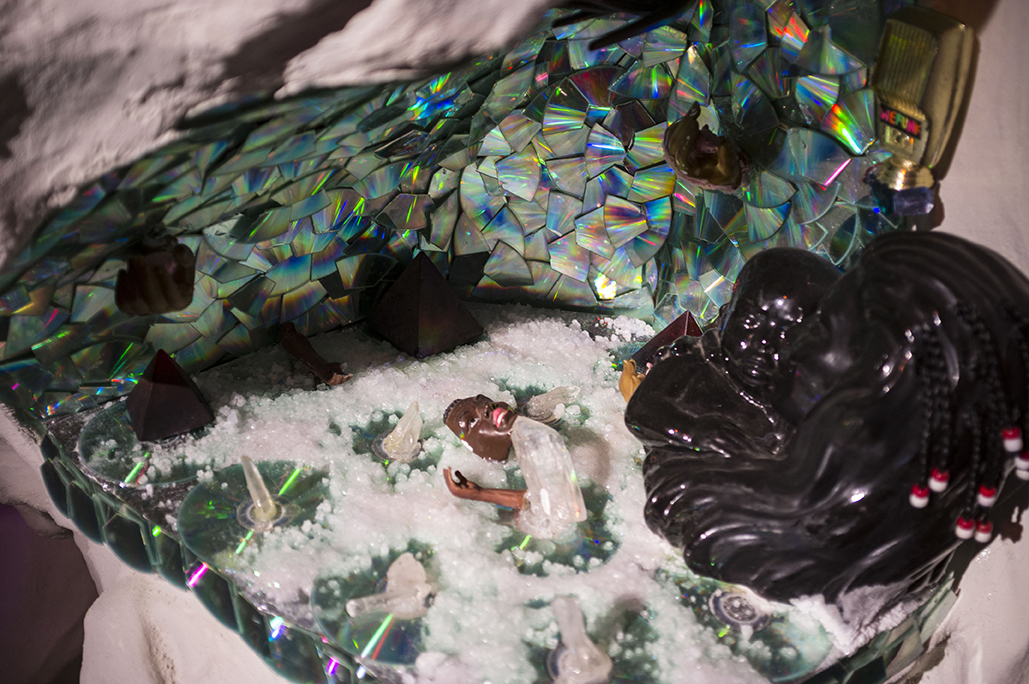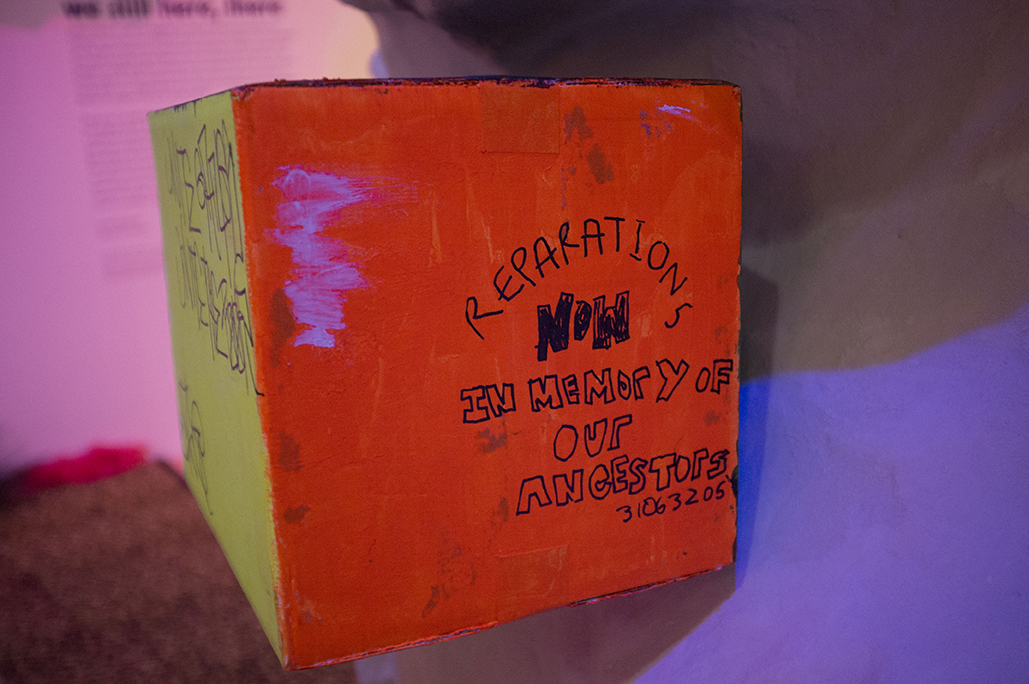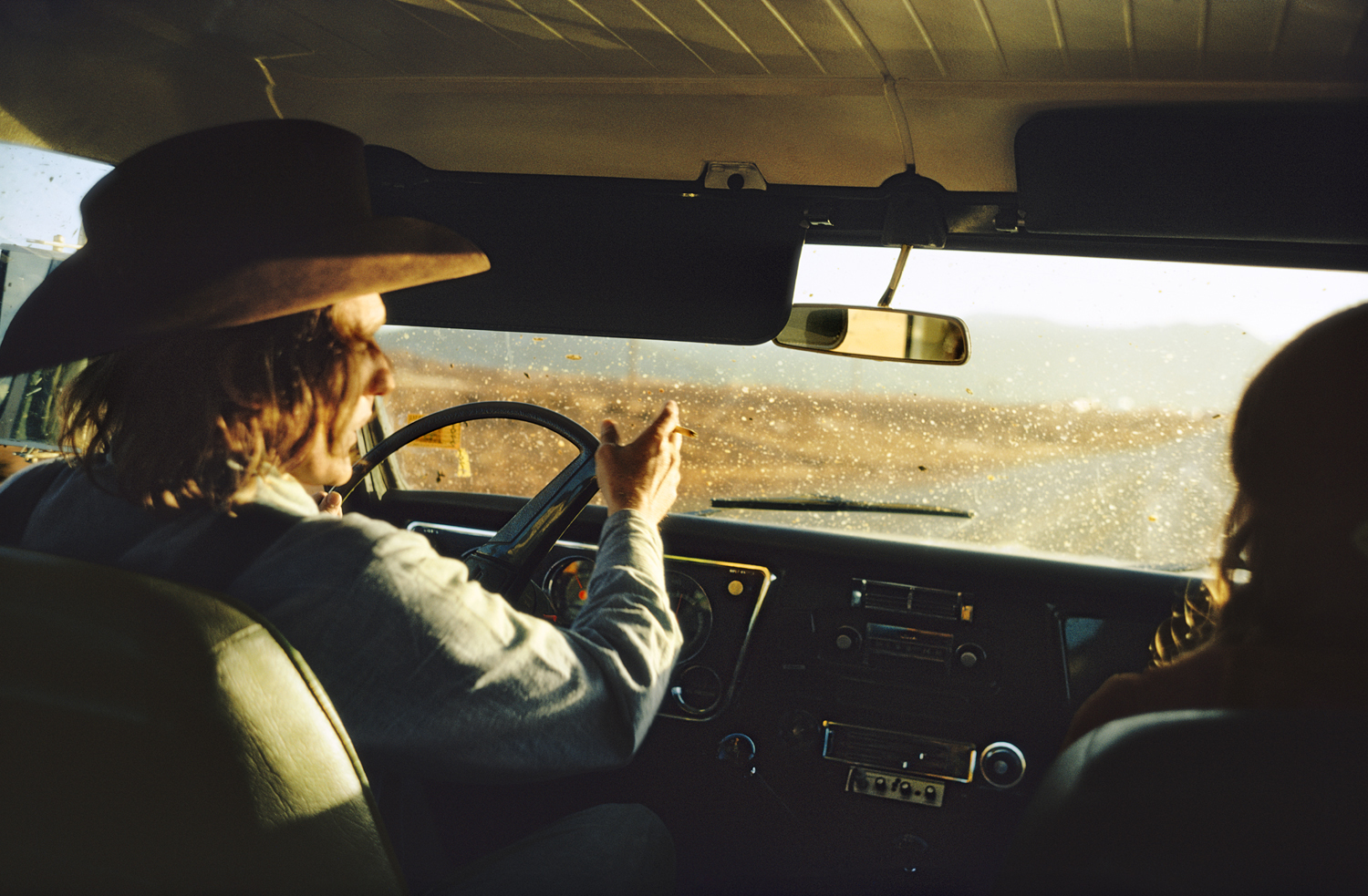text and interview by Adam Lehrer
portrait by Kyle Dorosz
In the late artist Mike Kelley’s 1993 essay on visualizations of Freud’s “uncanny,” a term referring to the feeling of confronting something simultaneously alien and yet familiar, he connected manifestations of the sensation to memory. “This sensation is tied to the act of remembering,” wrote Kelley. But Kelley also made the claim that the uncanny sensation is typically one of dread or muted horror. And to be sure, many of the art works that Kelley wrote about in regards to the uncanny and showed in the exhibition he curated based on his text; Hans Bellmer’s anatomical dolls, Cindy Sherman’s photographs of fetish dolls (partially influenced by Bellmer’s constructions), Ron Mueck’s hyper-realist figurative sculpture of a teenage girl in a black swimsuit, etc; are connected by horror. But is it possible for an object, or an art object more specifically, to evoke the uncanny in a positive light? Can an uncanny artwork actually uplift the viewer or make him/her aware of his/her alterity and connection to the universe at the same time? Historically, I would have said no. But that was before I came to know and love the work of New York-based artist Nathaniel Mary Quinn.
Quinn’s work, renderings of bold and psychologically dense painted and drawn portraits, often look like collages upon one-dimensional viewing. Quinn depicts the human face with a network of symbols that often illustrate the humanities and complexities of his subjects infinitely more than a realistic rendering of facial attributes ever could. It is upon closer inspection that these fragmented faces are actually created with oil and pastel paint applied through a highly skillful technique of using certain oils to prevent the component parts of the portrait from bleeding into one another. The result is a very peculiarly uncanny image.
From one perspective, the fragmentations and symbolizations of human faces can feel strange and disorienting. But Quinn’s work is also deeply humanitarian. He himself has lived an incredibly painful life, having lost his mother and been abandoned by his father at a young age, and has emerged at the other end as one of the most important artists of his generation. It’s not that his work suggests anything close to the neoliberal dictum of “pick yourself up by your bootstraps,” on the contrary, it suggests that all humans are connected by our traumas, our sadness, and our pain. But this notion in Quinn’s work isn’t horrific in the sense that the uncanny is usually understood to be. Going back to Kelley’s essay, Quinn’s work does evoke troubling memories but it also addresses the fact that we all are haunted by uncomfortable memories and finds beauty in the universal nature of trauma. Quinn’s work is an uncanny that makes you feel more connected to the world than isolated from it. Perhaps this emotional resonance is what has pushed Quinn’s work beyond the confines of art world insularity and into the spotlight of mass recognition and, evidently, major collector interest. “Even when people look at something that might be alien to them, or even disgusting, abject, uncomfortable to look at,” says Quinn. “They know they are looking at something with a real emotional resonance to it.”
When I last spent time with Quinn in 2017, he was on the cusp of major art world success. And now, after having been signed to Gagosian Gallery in April and about to be the subject of his first Gagosian solo show in Beverly Hills, that success has undeniably arrived. Over the last two years, Quinn has been pushing his practice deeper into an inner psychological space. The work that will be on display at Gagosian plumbs the depths of his psyche. More and more, his work seeks to render his own insecurities and difficult remembrances. The kernels of self-doubt that are omnipresent but often left unspoken are filtered into Quinn’s pictorial space. The aesthetic of the works that will be shown at Gagosian hue closer to abstraction than works made by Quinn in the past, generating a space of empathy and consciousness raising for both artist and viewer alike. “What does it look like to make a work that renders an insecurity?” asks Quinn. “I would say this: empathy and vulnerability are tools in my practice as important as charcoal and pastels. This is what I’m pursuing.”
Quinn’s first Gagosian solo show, Hollow and Cut, will feature thirty-six works ranging from 16x13 inches to 96x48 inches. Talking to Quinn by telephone, he is equally excited and restless. This is a monumental point in his career: his first solo show with the world’s most profitable gallery. He understands what the weight of a show at Gagosian, a gallery subject to praise and criticism in equal measure, holds for his future. But he also is filled with an immense sense of pride, and he has earned it: Quinn has emerged as one of the most important contemporary painters in the world. “You want to make sure you come out strong,” he says of the impending opening. “But you can't think about the public when making your work. Your concern has to be your practice and creating.”
ADAM LEHRER: So, last time we were together you were on the cusp of success. Now you're on your first solo show with Gagosian.
NATHANIEL MARY QUINN: The good thing about Gagosian is you can create the bedrock of a career that you want. They have the resources to materialize that for you. Larry, c’mon man, he has relationships with all the museums, the directors, even if they have somewhat of a...
LEHRER: Weary relationship...
QUINN: Yeah, they have to deal with him. He's like the emperor. Gagosian generates up to a billion dollars every year in art sales. David Zwirner is number two and they earn 500 million dollars. I was in a different place the last time we met, I was growing. Now, here we are again, man, with Gagosian Gallery. I can't believe it.
NATHANIEL MARY QUINN
C'mo' And Walk With Me, 2019
Black charcoal, gouache, soft pastel, oil pastel on Coventry Vellum Paper
50 x 38 inches / 127 x 96.5 cm
© Nathaniel Mary Quinn
Photo: Rob McKeever
Courtesy Gagosian
LEHRER: What is the psychological impact of knowing that you are at the top of the art world food chain, so to speak? Is it pressure-inducing or is it freeing to know that so many more people are going to be seeing your work?
QUINN:It is freeing on one hand because of the gallery’s resources. As of five years ago, I had to pack all my own work. I remember [my wife] Donna and I used to ship it all out ourselves. We don't do that shit anymore. That's exciting.
In regards to the pressure, I think it would be fair to say that I feel some pressure. Any time you're making art in the public sphere it will present some pressure. If you're the kind of artist like myself, engaged in the exploration of the self, or finding ways to lay your wounds and memories bare and trying to make that visual, it presents pressure. But that is then coupled with the fact that it's Gagosian Gallery! Now, there are collectors interested in the work for any number of reasons. You start to think, “What would happen if someone finally places my work on public auction?" But you can't worry about it. Some collector is always going to be seduced by the alluring nature of generating a large profit off the work.
With that, I'll tell you, I'm very excited. For me, it's a big deal man. I think it's quite an achievement.
LEHRER: I'm psyched for you. Given these last few years, your work has obviously evolved a bit. What would you say distinguishes the works in this show compared to works of the past?
QUINN: This [show] is very personal. It’s called Hollow and Cut. When you remove whatever you've been taught to believe in, when you have cut and hollowed out all the exterior layers, what remains? This show is a courageous pursuit of excavating my internal self. I have deeply rooted insecurities. I don't talk about it much, but I don't feel worthy sometimes. These works are reflections of my fears and doubts. I did a piece called “How Come Not Me.” It's a small work on paper. When I was in high school, we had a thing called Parents’ Weekend. At that point my family was gone from my life. And I'd think "How Come Not me?” Until this day I struggle with that.
These ideas, these insecurities about my life or my looks, are tied into the actual creation of the work. I'm constantly pushing my practice. For this show I knew that I had to move to that next level in my work, so I used a more abstract approach. Even doing that was very challenging because you go through high school, college, grad school and you are making art the whole way through and then you find yourself making art a certain kind of way. That doesn't mean the work you are making is a real reflection or what you can do; it just means you've been trained or conditioned to make art in a certain way. But to make work that is closer to where you are emotionally in and of itself requires a lot of courage and doggedness. You have to go for it. l.
LEHRER: Yes, this reminds me of that quote by the great pessimist philosopher Emil Cioran "Chaos is rejecting all you have learned. Chaos is being yourself." In a sense you are tapping into this inner turmoil, or chaos, to boldly visualize your psyche, and push yourself further into the art making process.
QUINN: Yes, that’s perfectly placed. For example, normally in my work I would draw an eye, or a nose would represent a nose, but if I'm trying to articulate these deeply embedded insecurities within me, my fears and my doubts and a sense of unworthiness, then what I am trying to articulate is not actually definitive. It's not a real figure. It's an affectation. How do you visualize that? I'm not saying I achieved that in the show, but I've made progress from work one to work thirty-five. By the time I got to the 35th work, it began to take on the kind of abstraction I had been aiming for. It feels much more palpable to me, much more honest, much more real. Much more free. Most people don't want to be free. They want to comply. And fall in line. Freedom requires real courage. You have to fight to be free.
LEHRER: Despite the often uncanny aesthetic in your work, you have broken out to a mass audience. What do you think it is that enables people who aren’t so versed in the avant-garde to connect with your work?
QUINN: Let’s go to Beyoncé. I love Beyoncé. She makes great songs. She’s a superstar. We all know this. Then you got Mary J. Blige and she can't sing anywhere near as well as Beyoncé. And, although she can't sing that well, she's good! She's not Beyoncé, or Aretha, but what she does is real. Potent. Visceral. You know what she's saying and how she's saying it is honest and pure. But when you present something real, people believe it.
LEHRER: Is this bravery, this courage to find freedom, something you are constantly looking for in art across all media?
QUINN: I think it's important to understand that you can't grasp the scope of humanity within one tradition of art. You have to look at all of it: comedy, film, poetry, reading essays and books. Public speaking. Not just art but all forms of work and all traditions of creation must be dealt with and confronted or perused at the very least. So I'll look at a Dave Chapelle; this guy works very hard to be free. Because this guy's fighting for his right to speak his mind as a comedian, his first job is to be funny. And in addition to being funny, he's a cultural critic. He observes the culture, and criticizes it, and tries to portray it in a different light.
I look at the works of artists like Yue Minjun, Adrian Gheni, or Neo Rauch because they have a certain freedom in their work. So many artists are afraid to confront who they are. They continue to feel empty in the face of their achievements. Why is that? [Art] isn’t just technique, skill and rendering, it is an activity in which empathy and vulnerability are necessities. I'm not just moving the needle in my work; I'm moving the needle in me. I'm not a walking Instagram page. I'm not putting up a highlight reel. This is real life. No one is happy all the time. It's impossible. I want to use the work to push back on this era’s values. An era where people are ashamed to be real.
LEHRER: In your portraits you often shun direct representations in favor of symbolic representations. But these symbols seem to illustrate the depths of you and your subjects’ complexities infinitely more than a direct rendering of physical attributes ever could. Your ability to use symbols to pierce the symbolic order and address the...
QUINN: Make no mistake, I like to think that every artwork I make has some representational element. But there's still evidence [in this show] of me taking that courageous step forward to push beyond traditional forms of representation. We should shoot for a higher ground. A higher level. The first comedians would walk down the street and slip on a banana peel, and that was funny. That's surface comedy. But deep human comedy is where the fragility of men and women are brought to the surface. That's deep comedy, the kind that Dave Chapelle engages in. That Pryor engaged in. I wanted to make art like that.
Nathaniel Mary Quinn “Hollow And Cut” will be on view until October 19, 2019 at Gagosian Beverly Hills. 456 North Camden Drive Beverly Hills, ca 90210
NATHANIEL MARY QUINN
Jekyll and Hyde, 2019
Oil paint, paint stick, gouache, soft pastel on linen canvas, diptych
14 x 22 inches
35.6 x 55.9 cm
© Nathaniel Mary Quinn
Photo: Rob McKeever
Courtesy Gagosian



